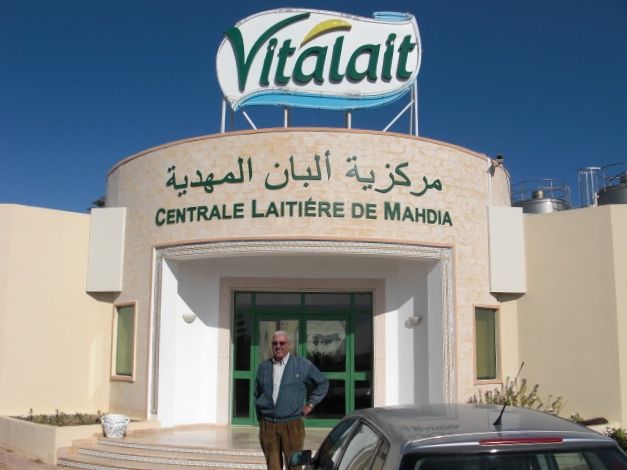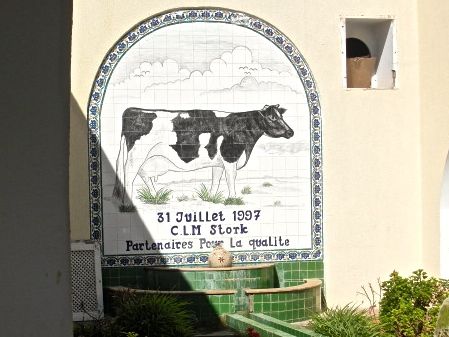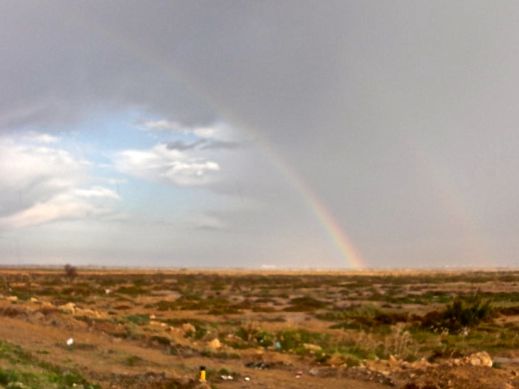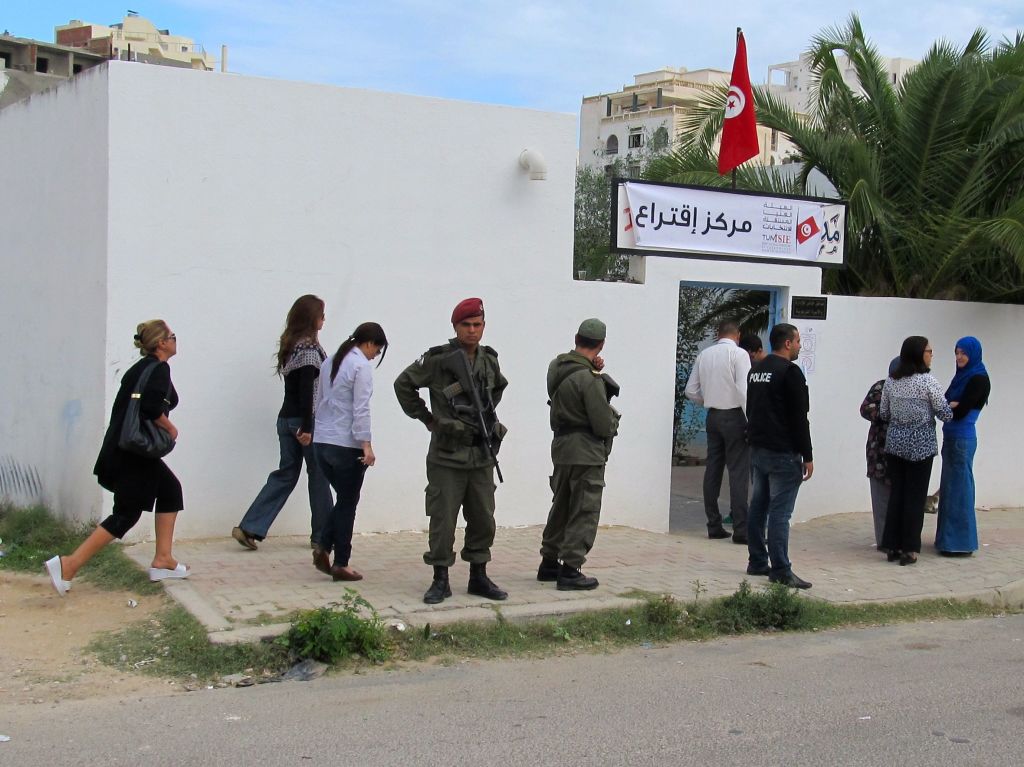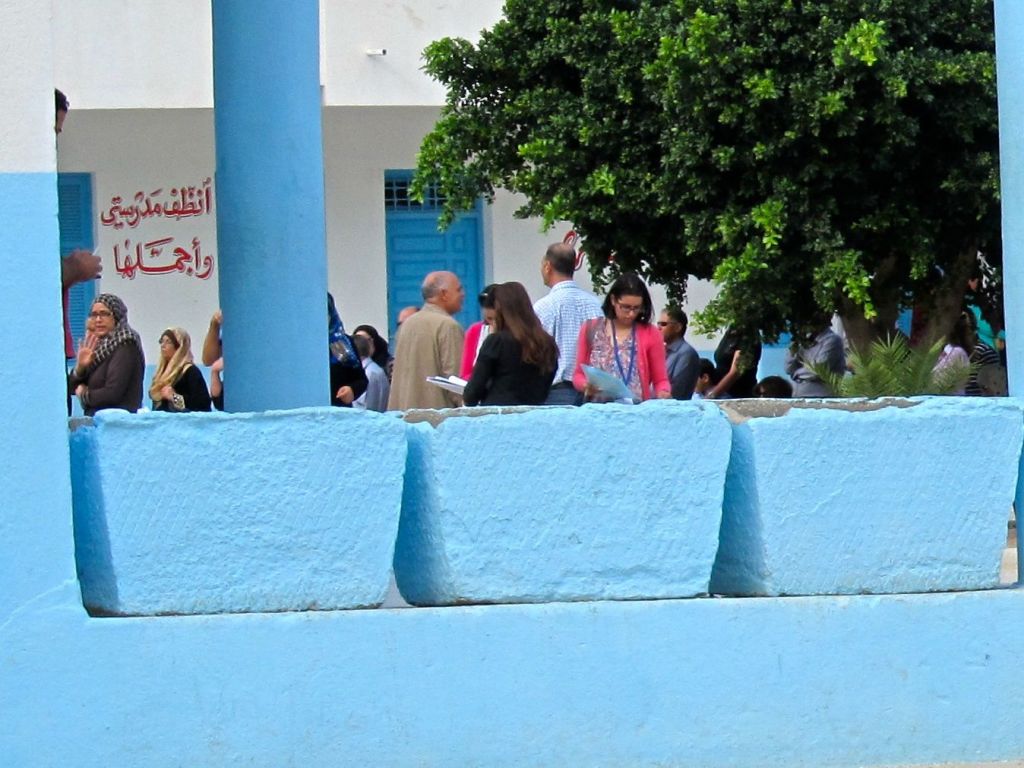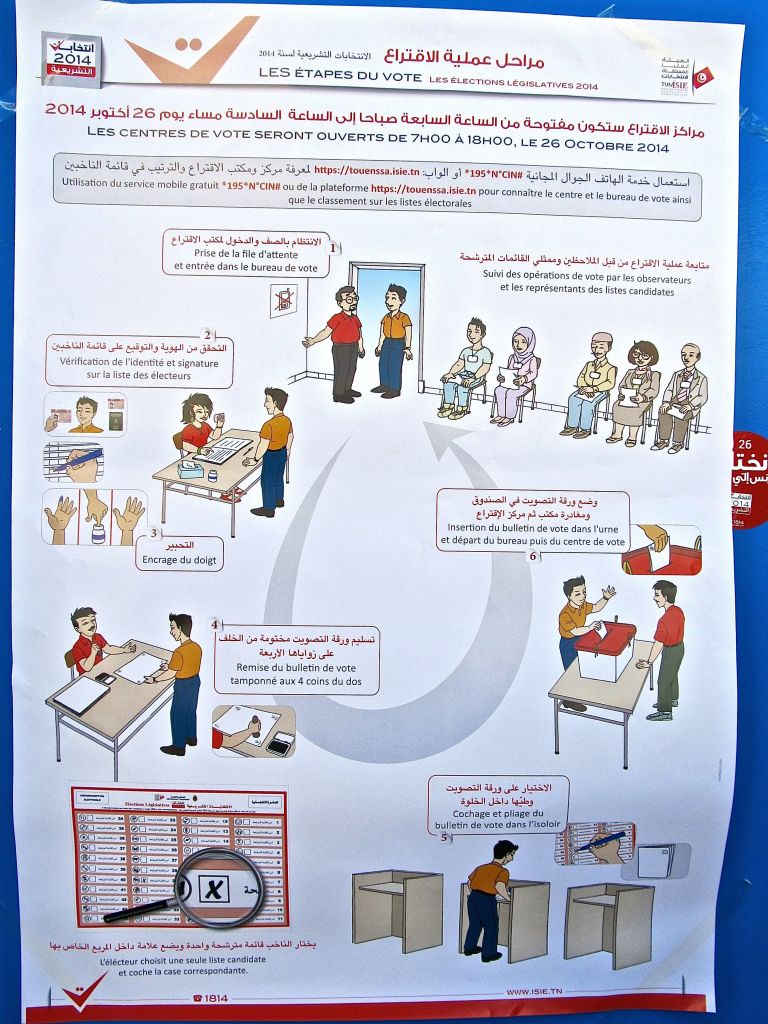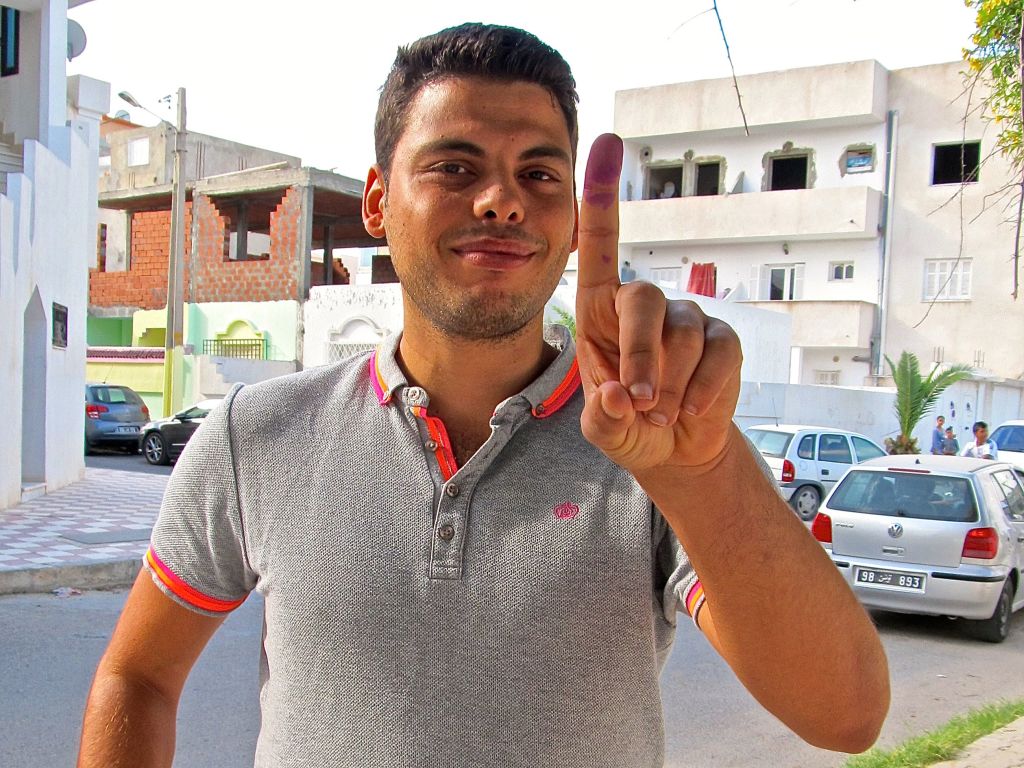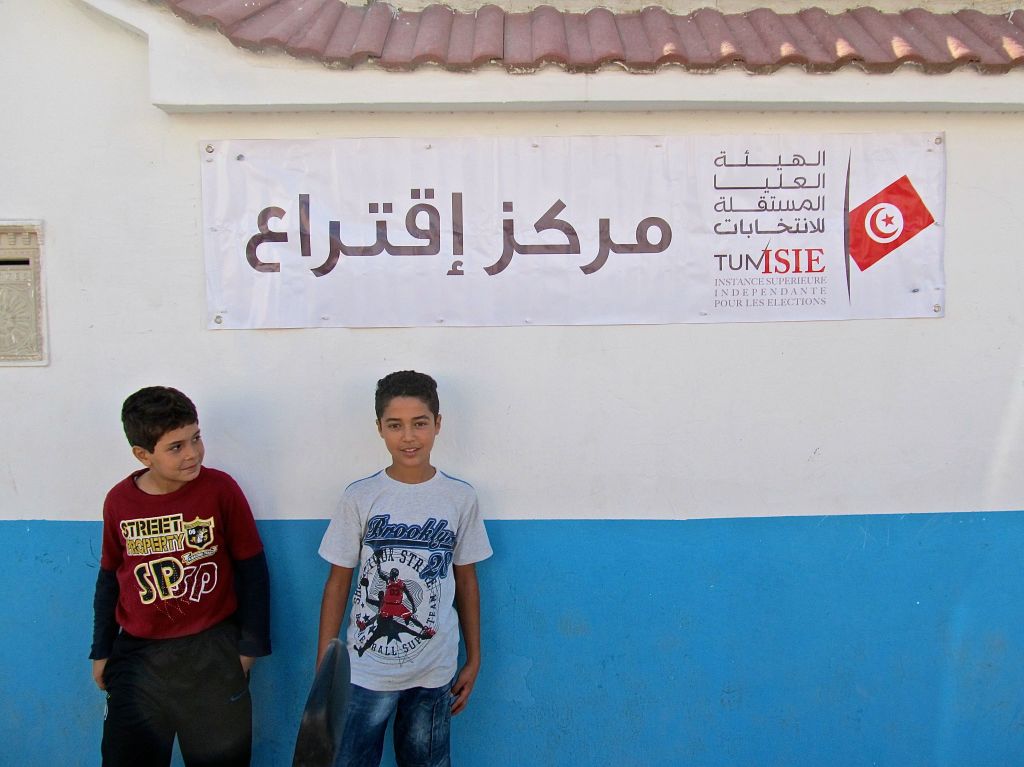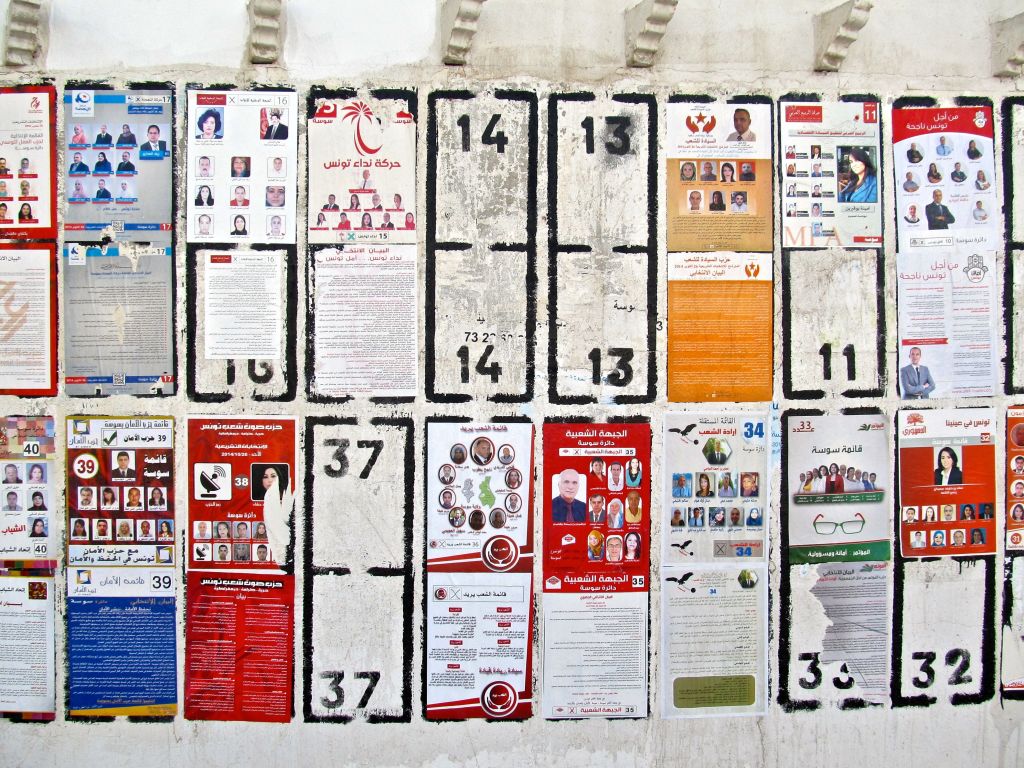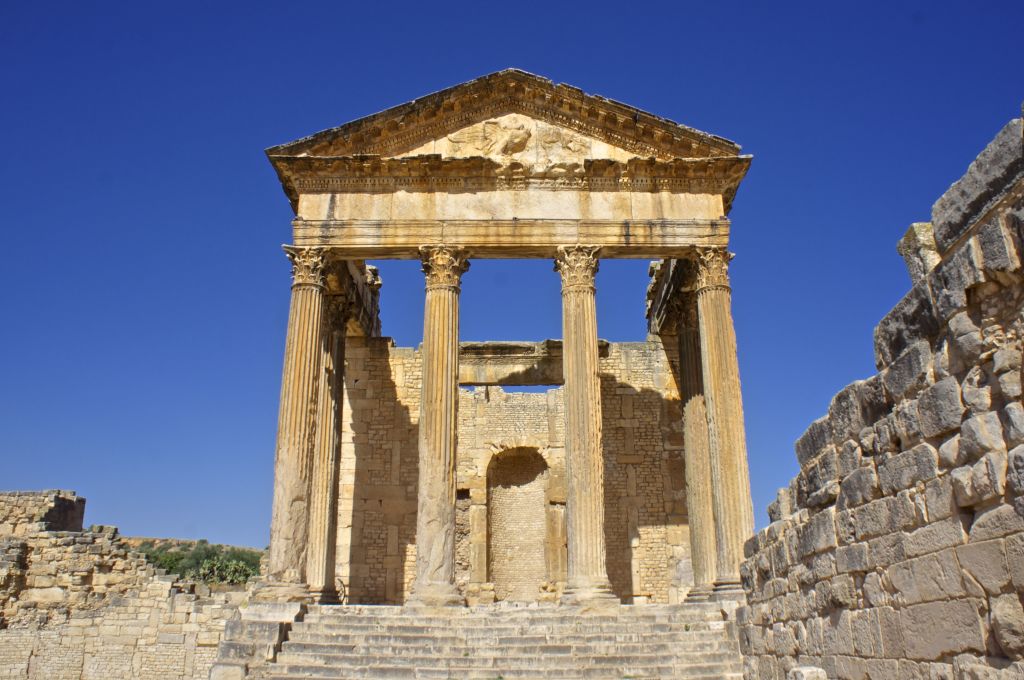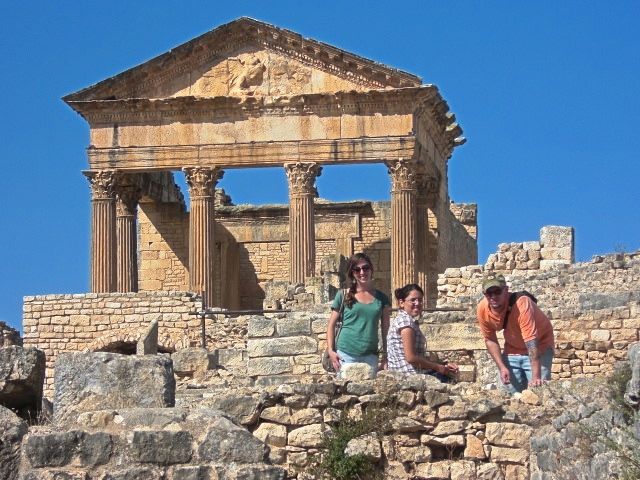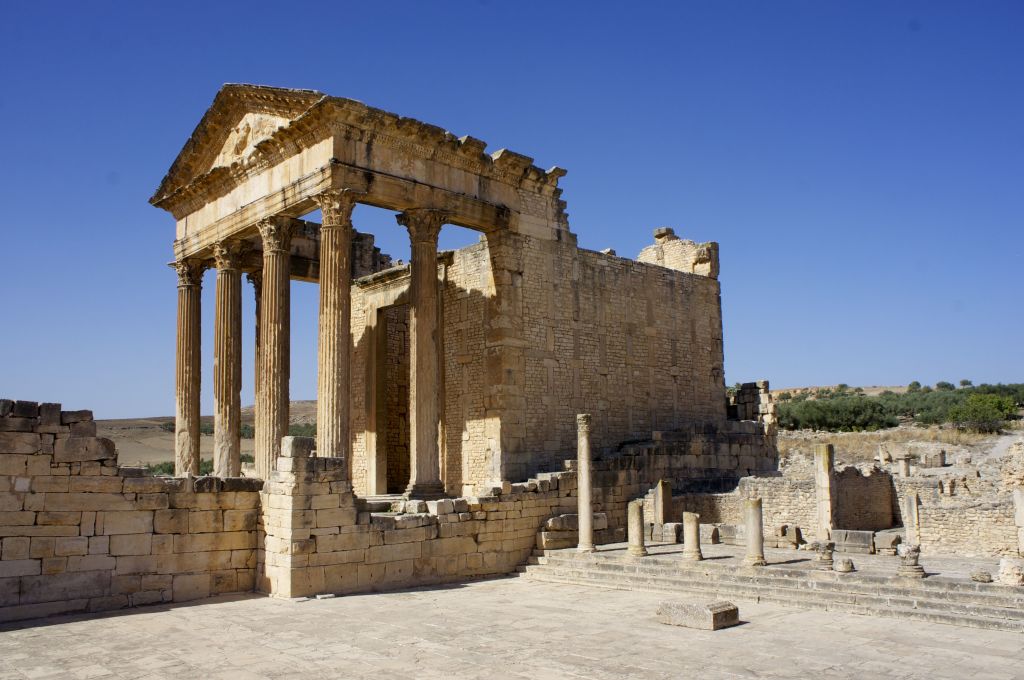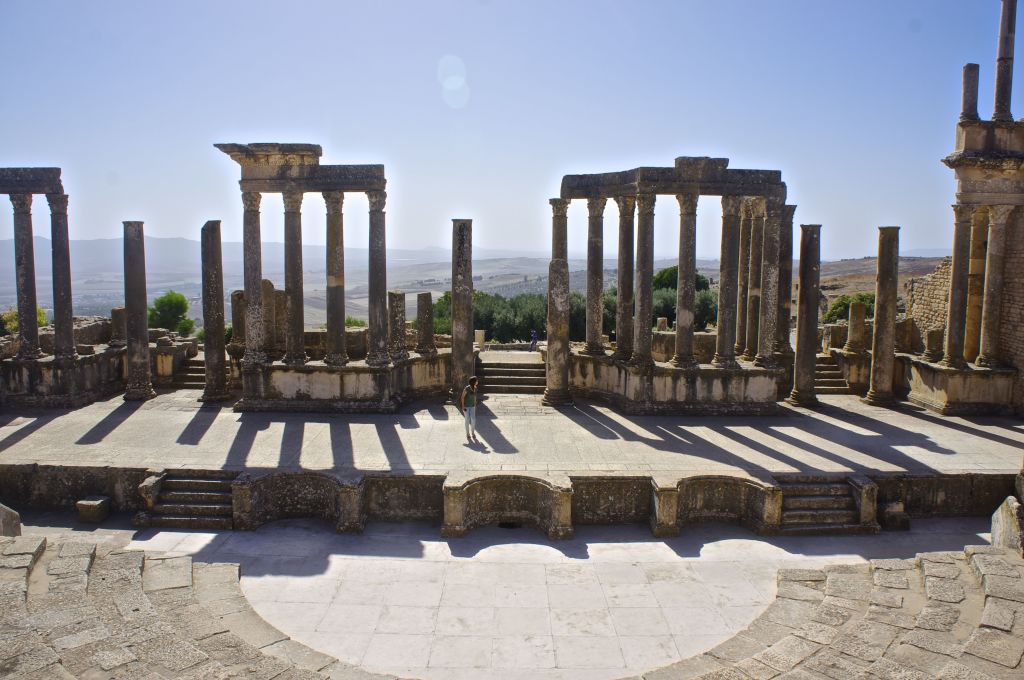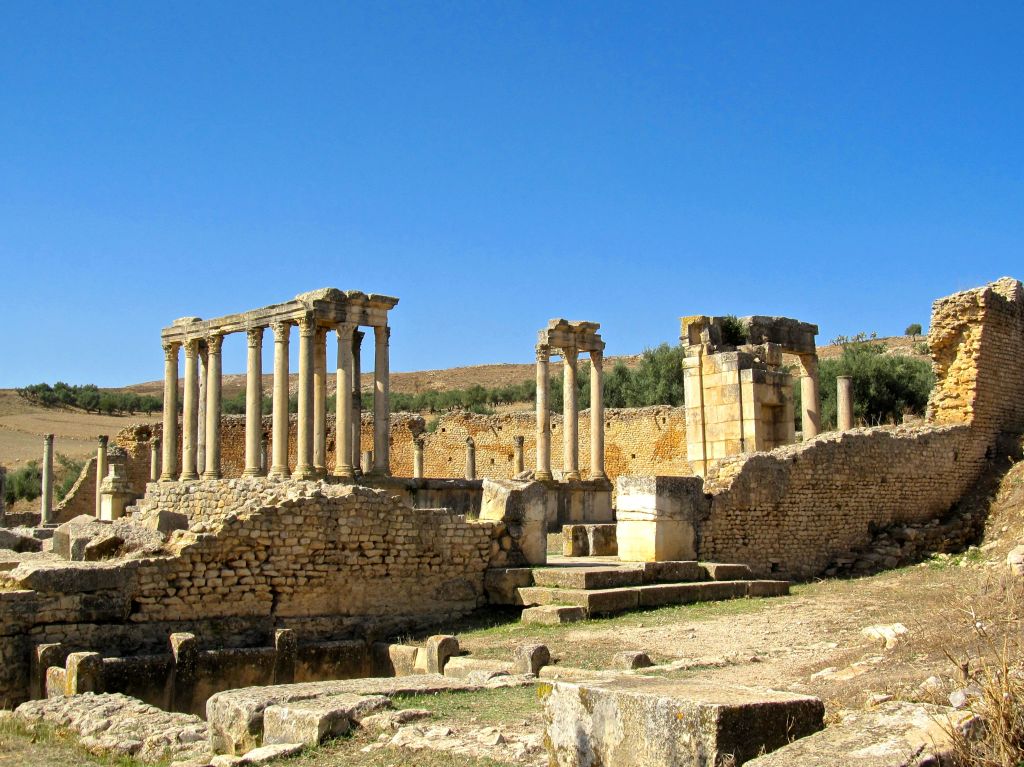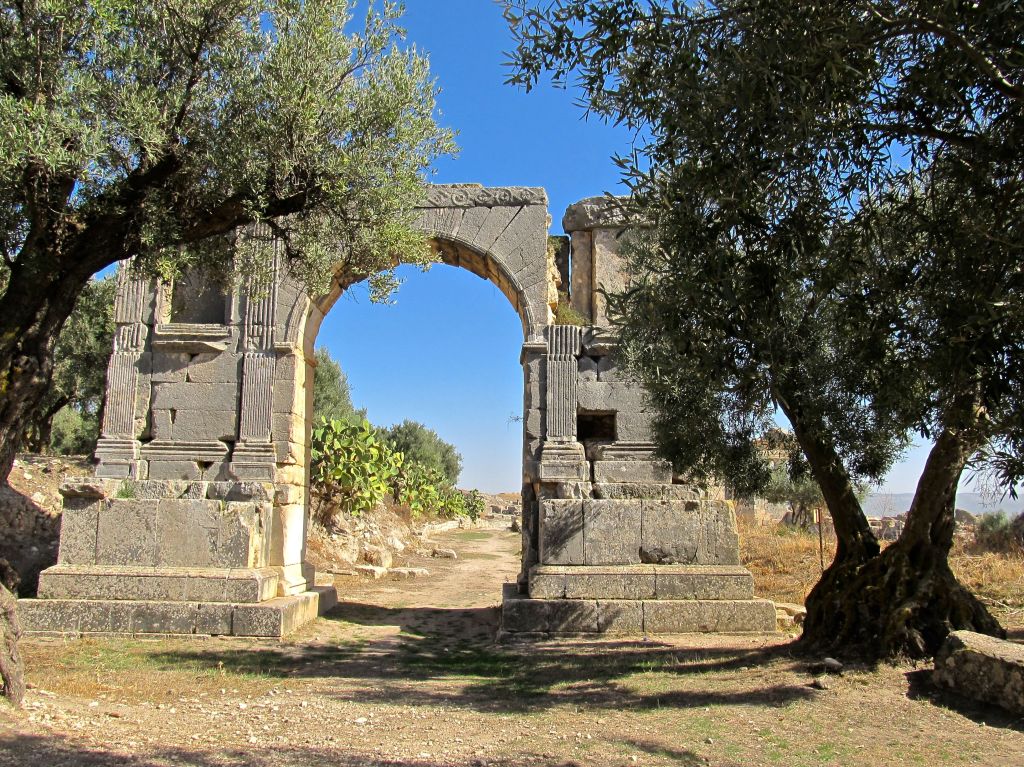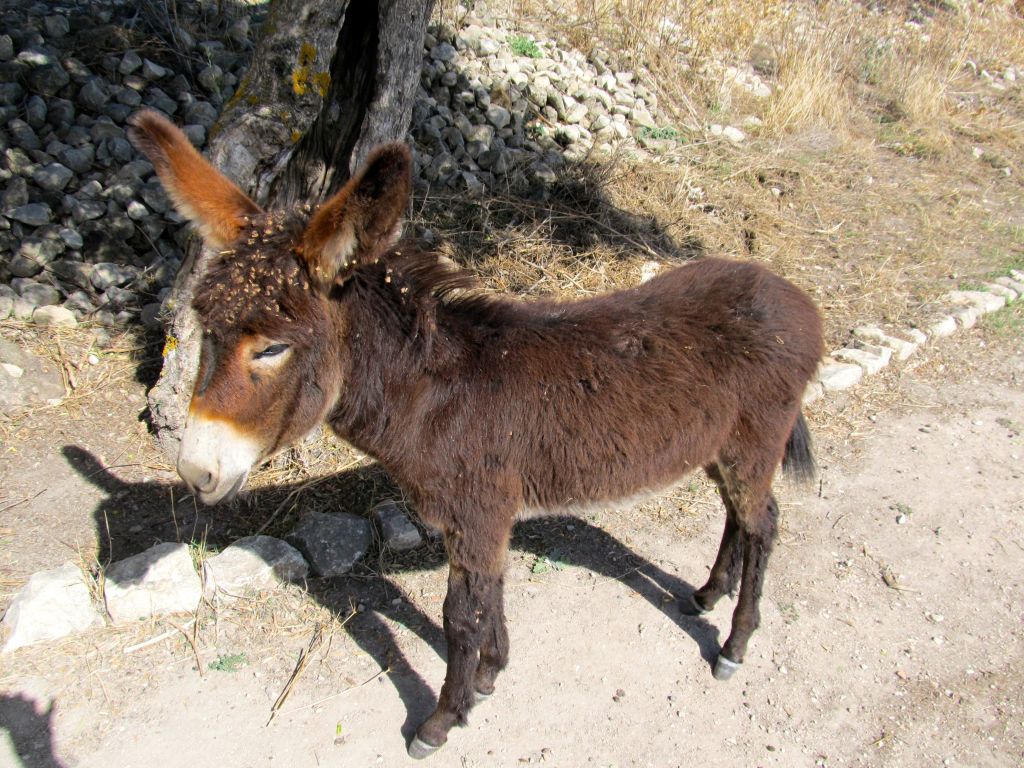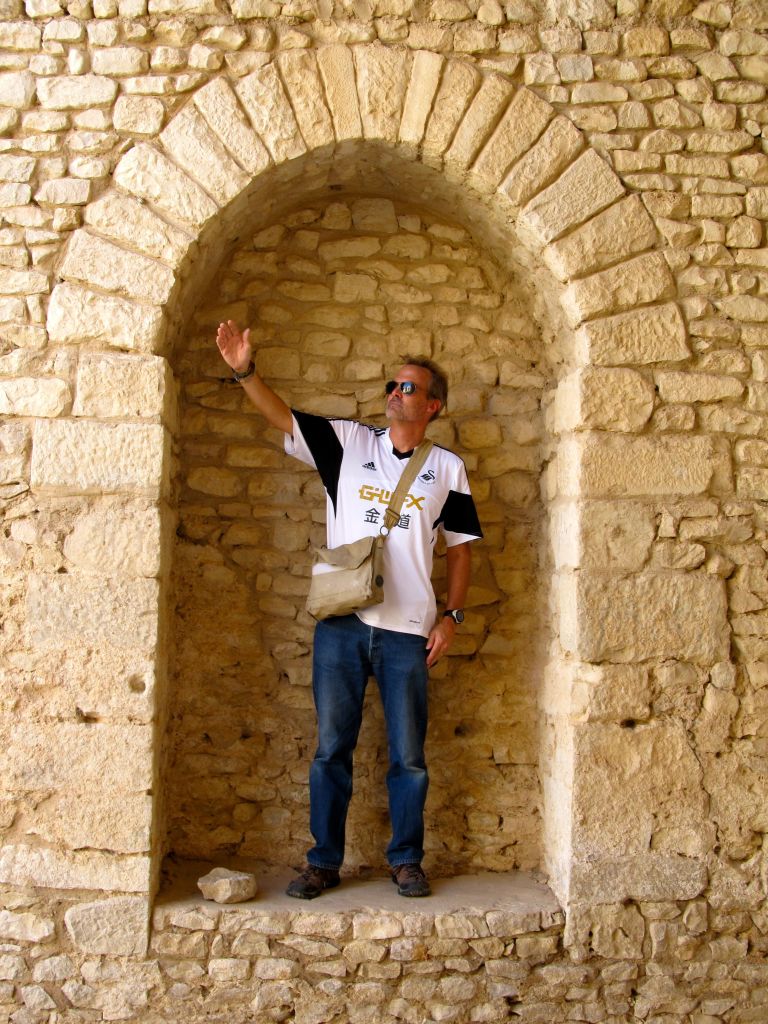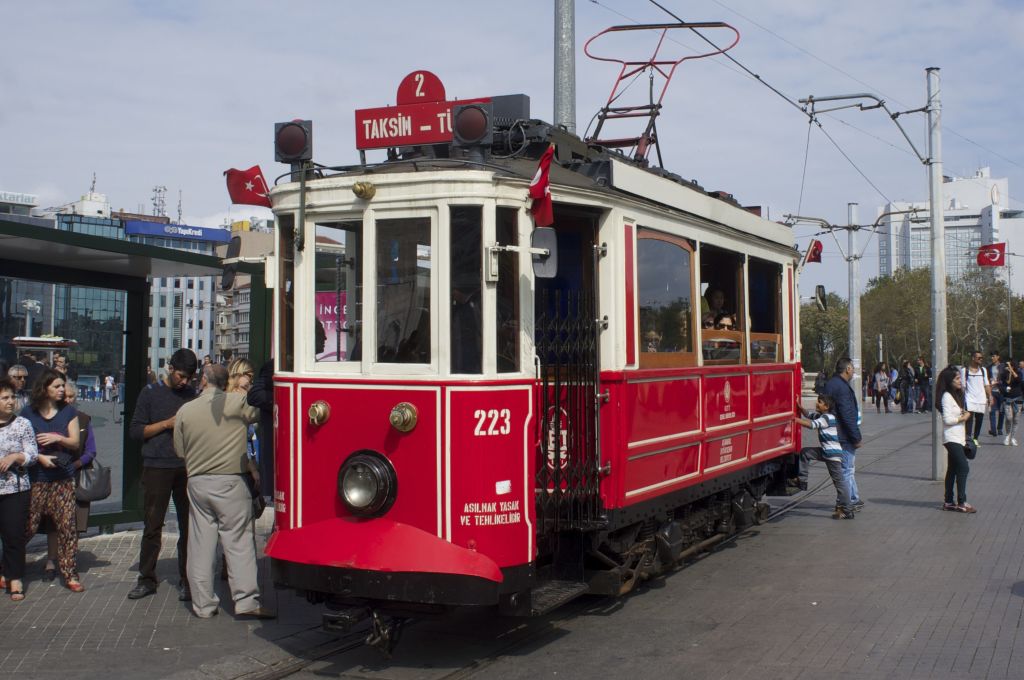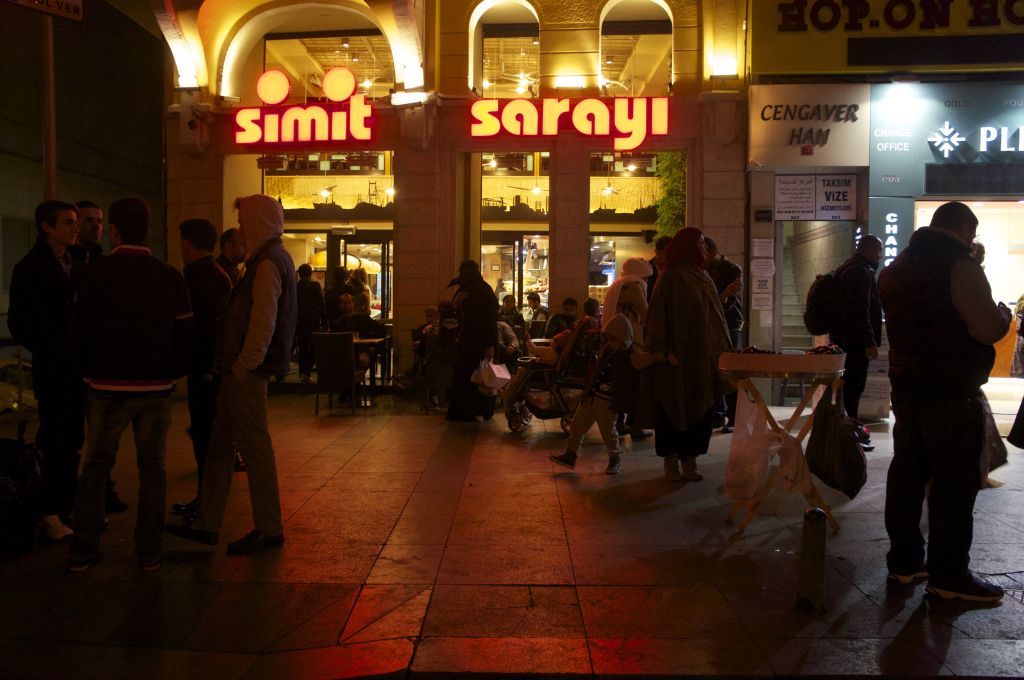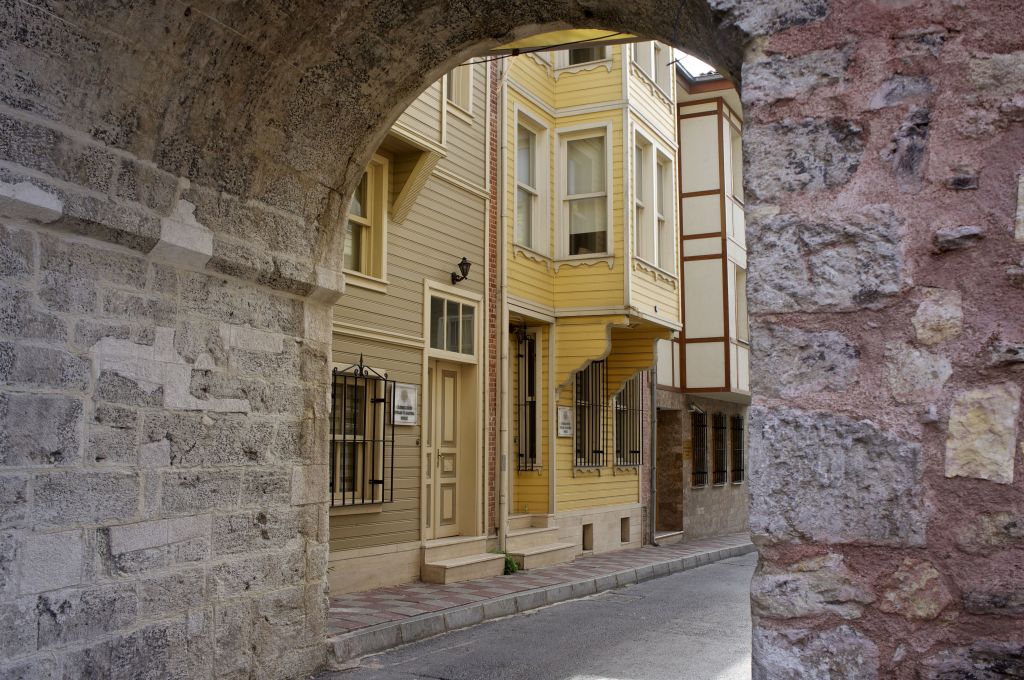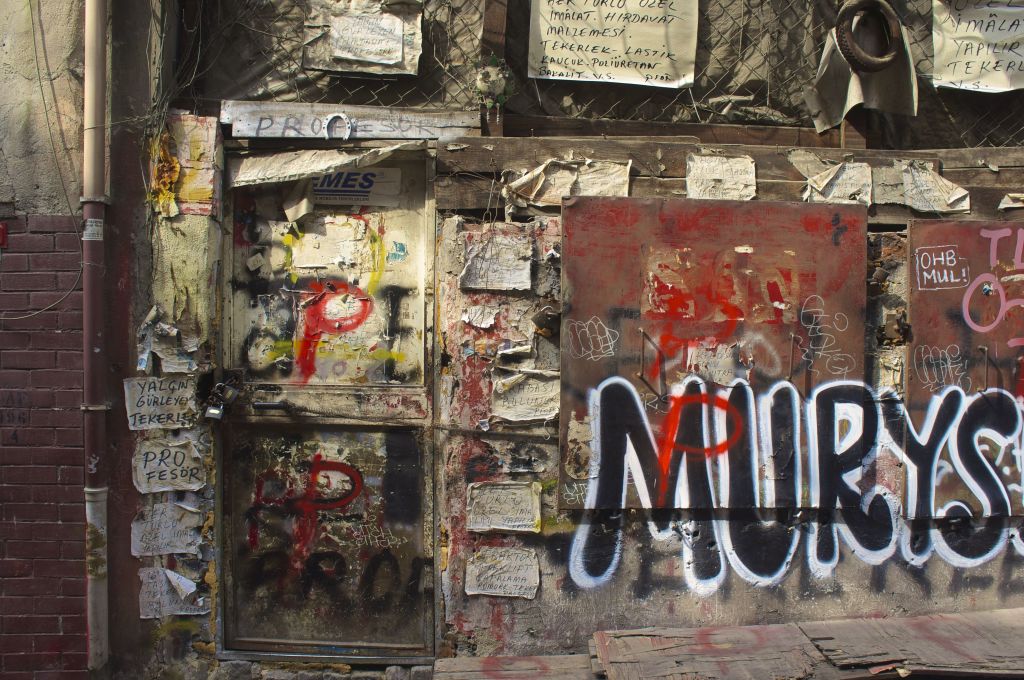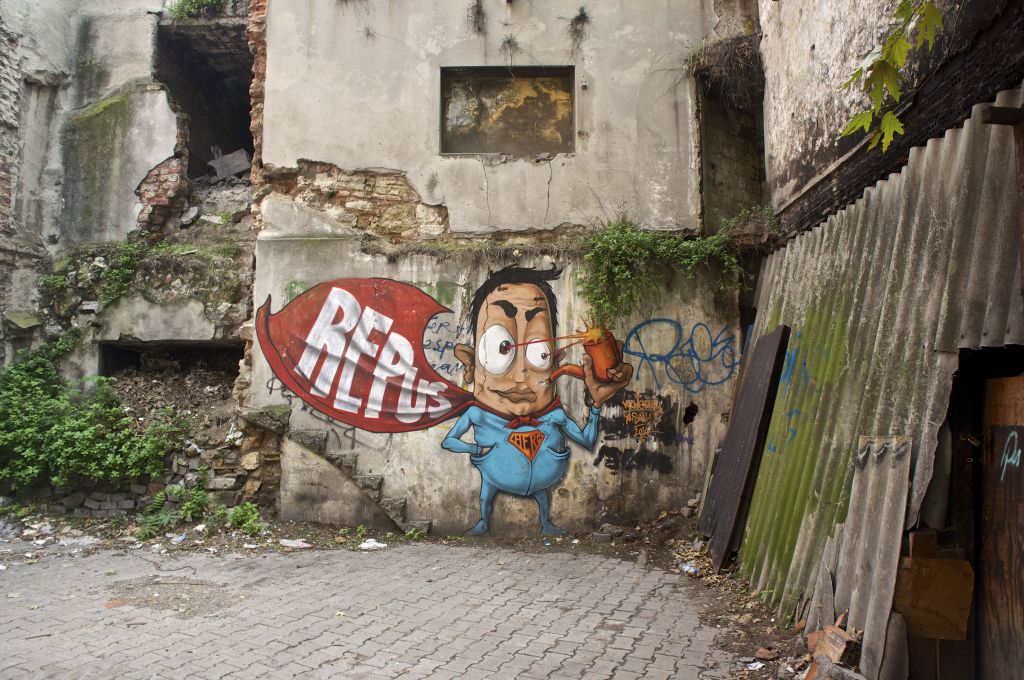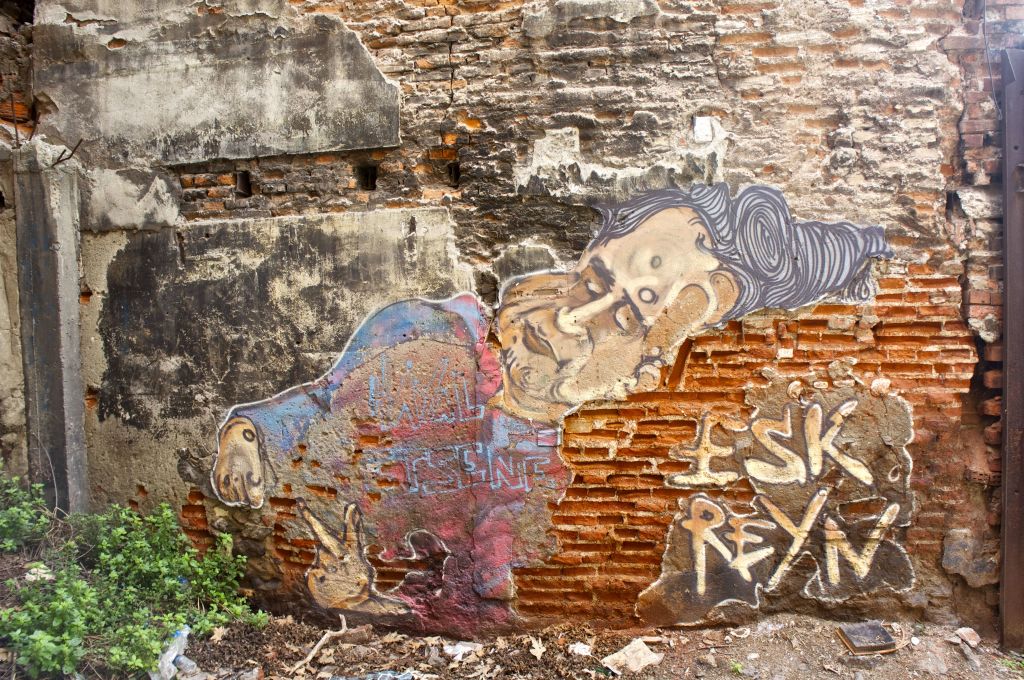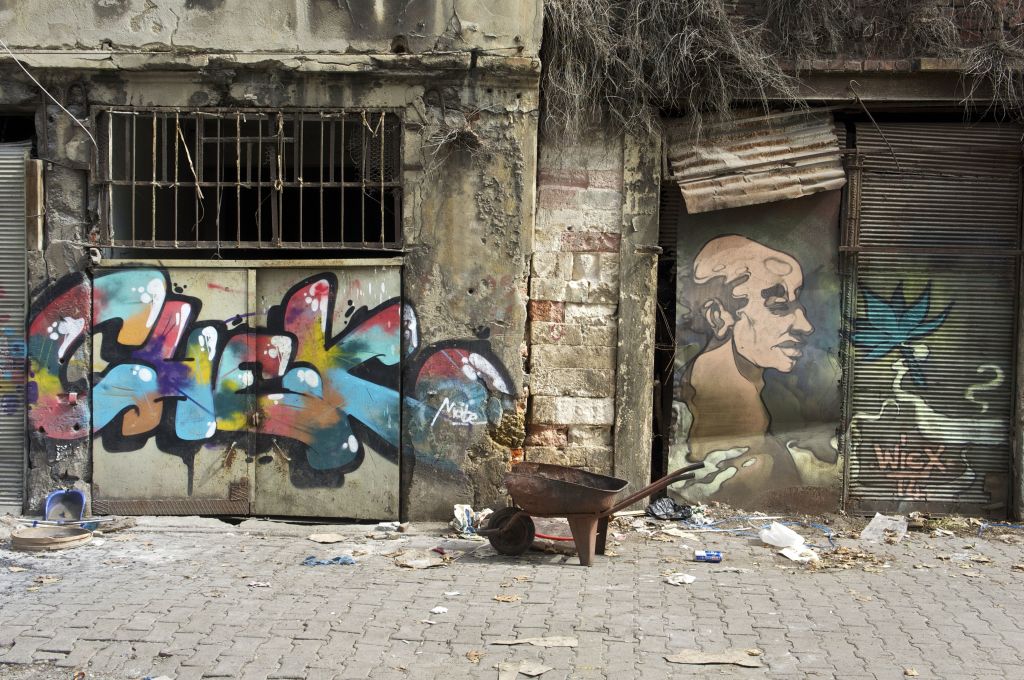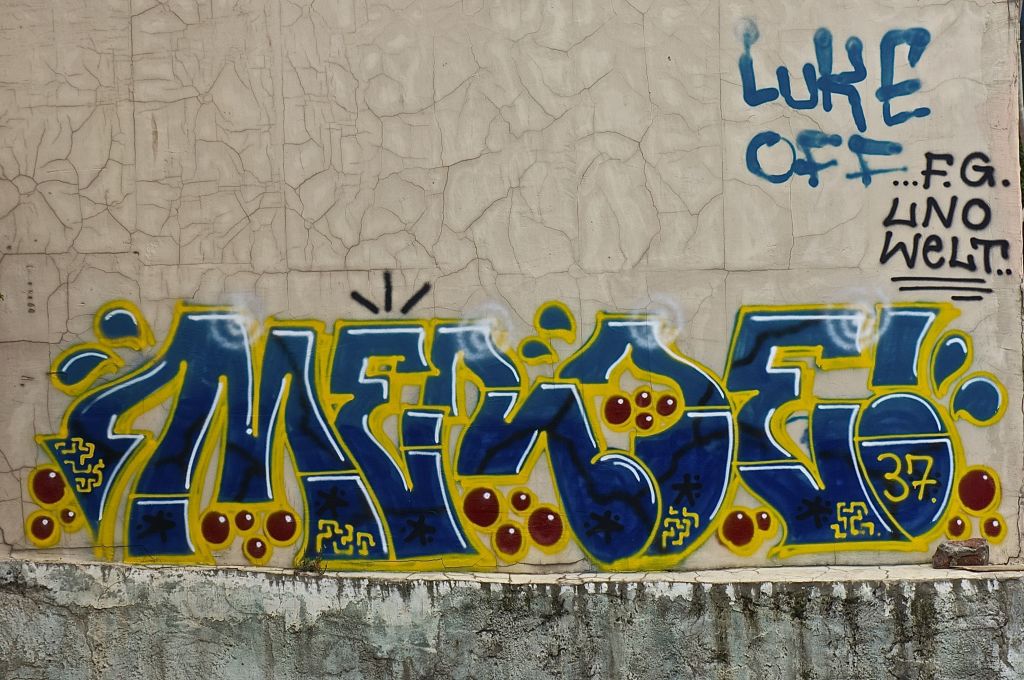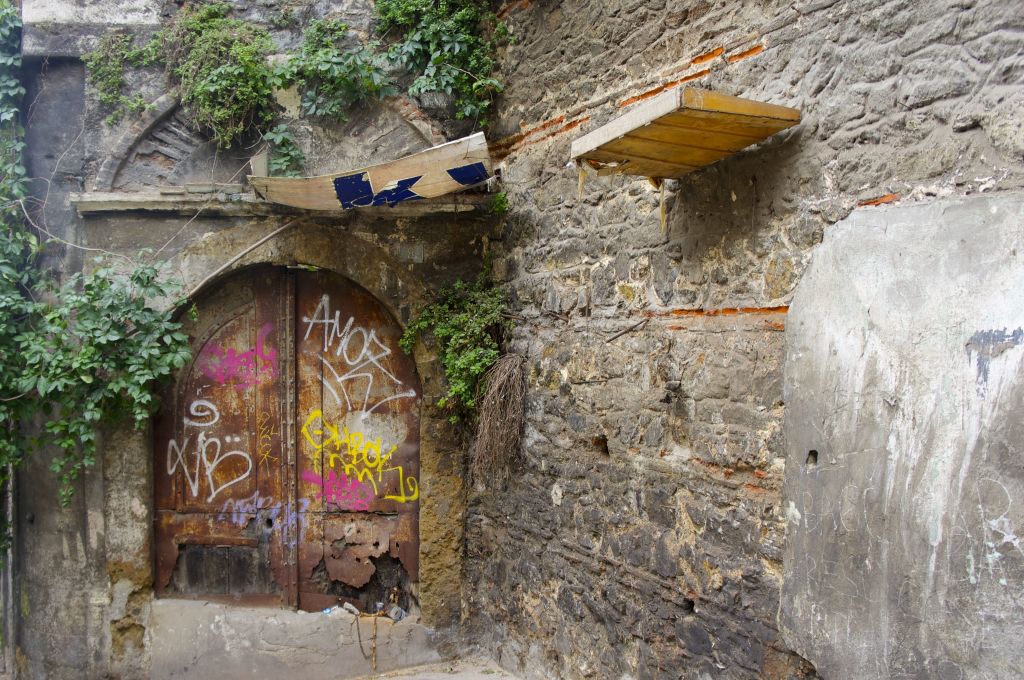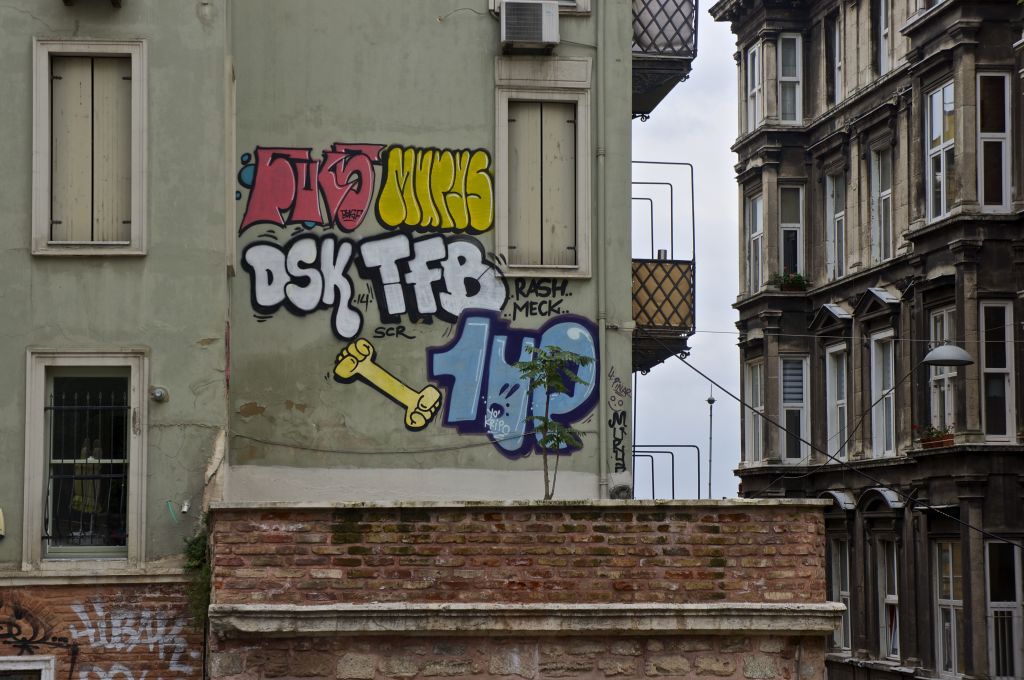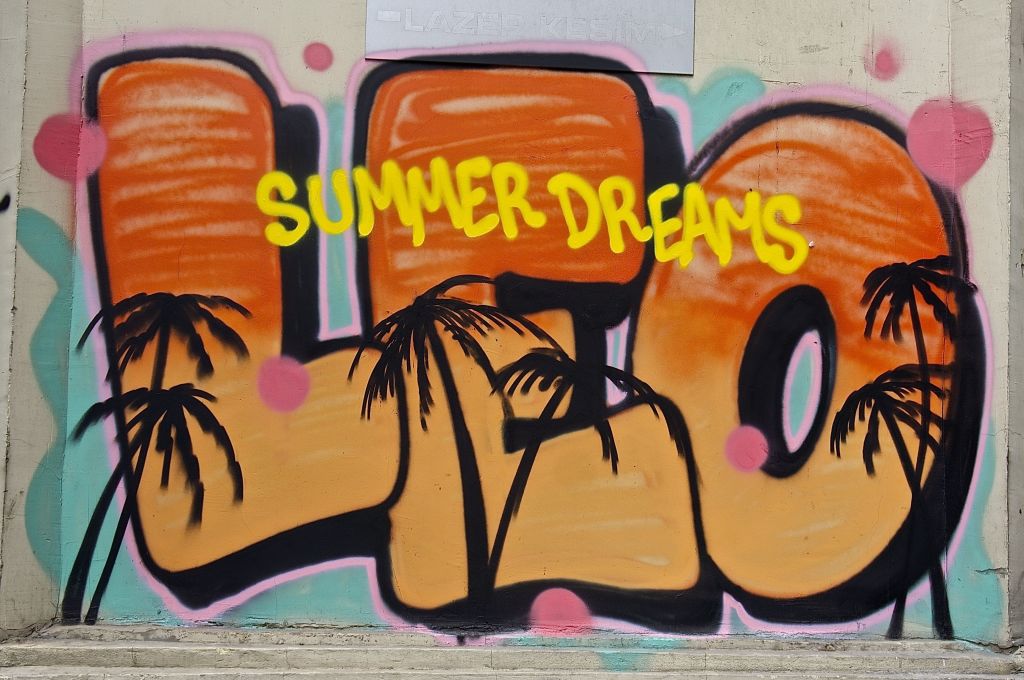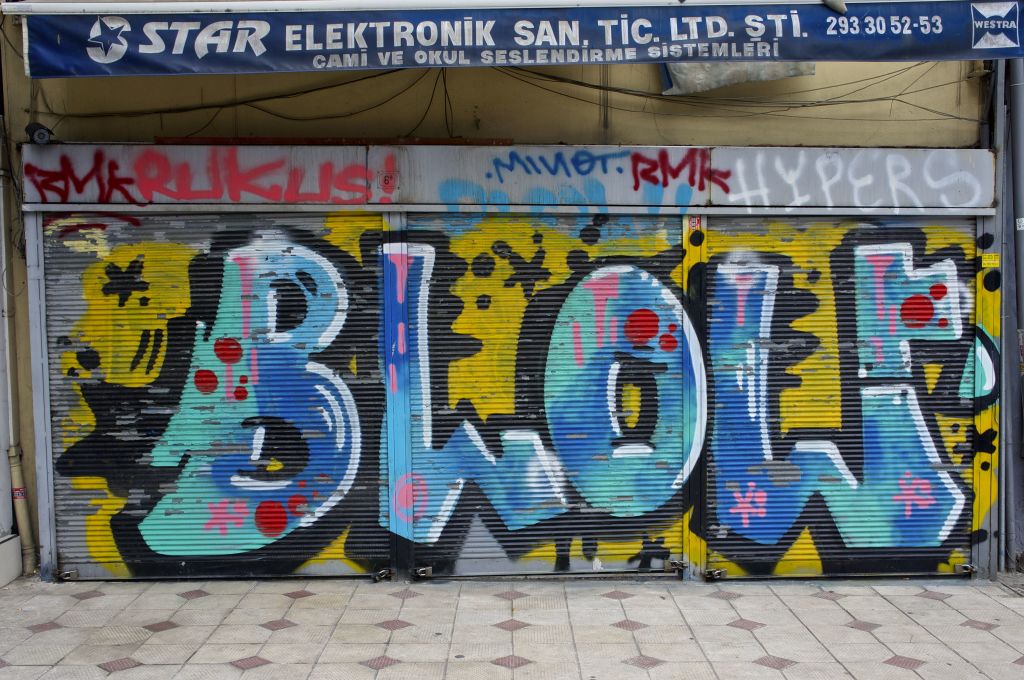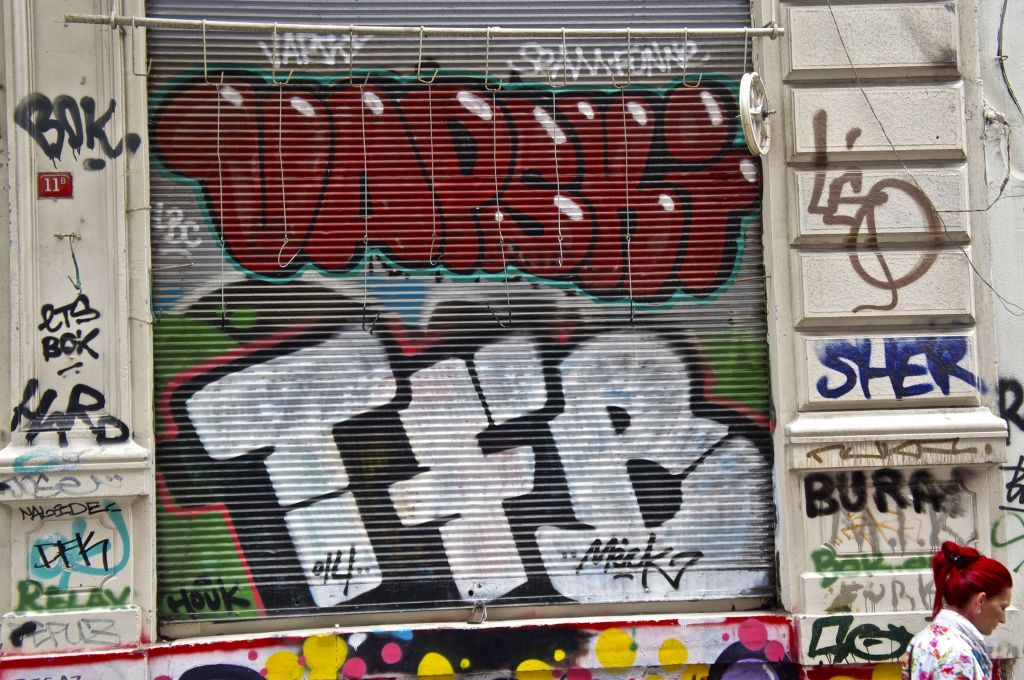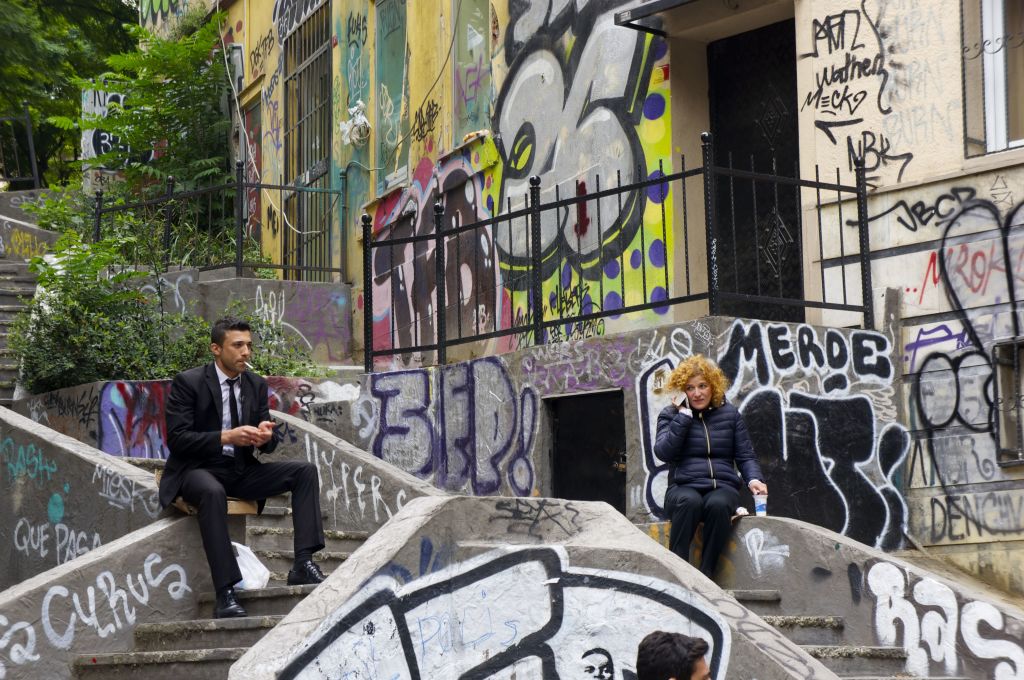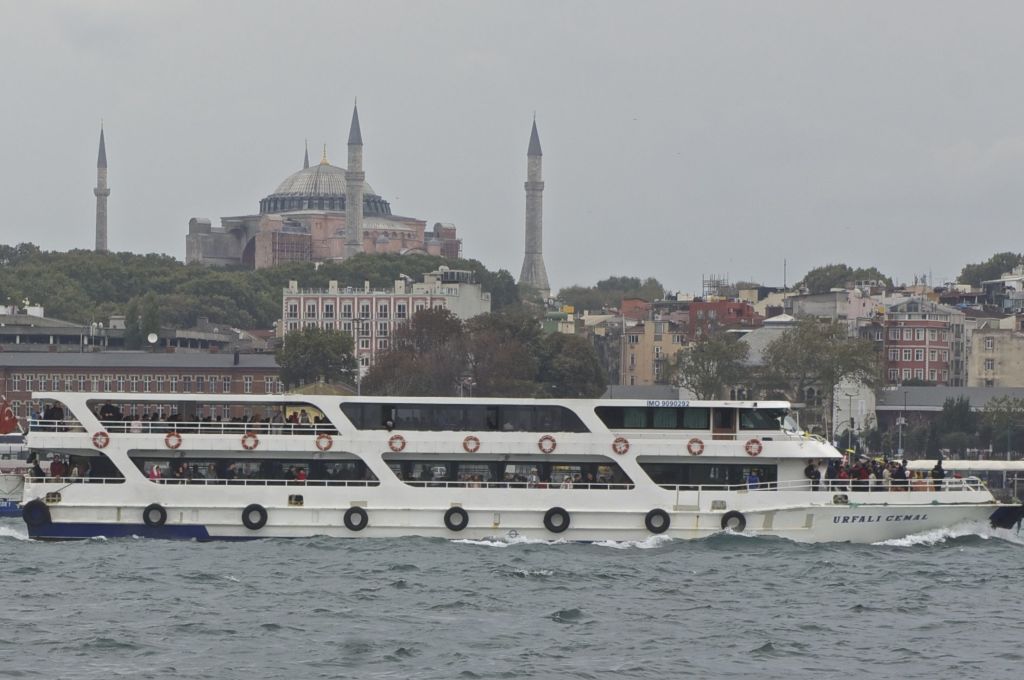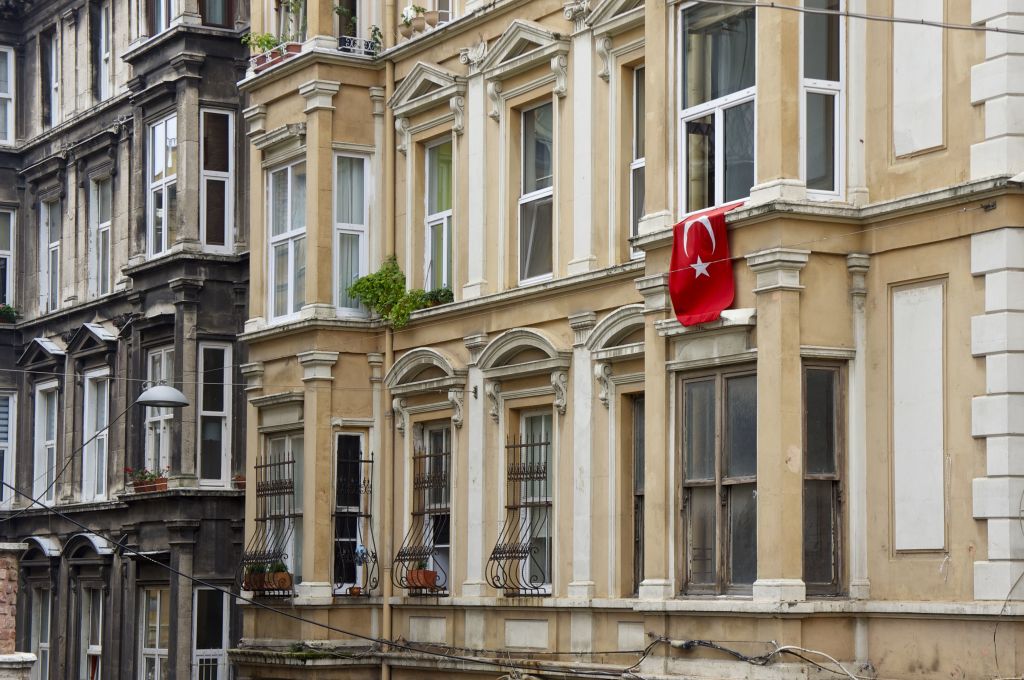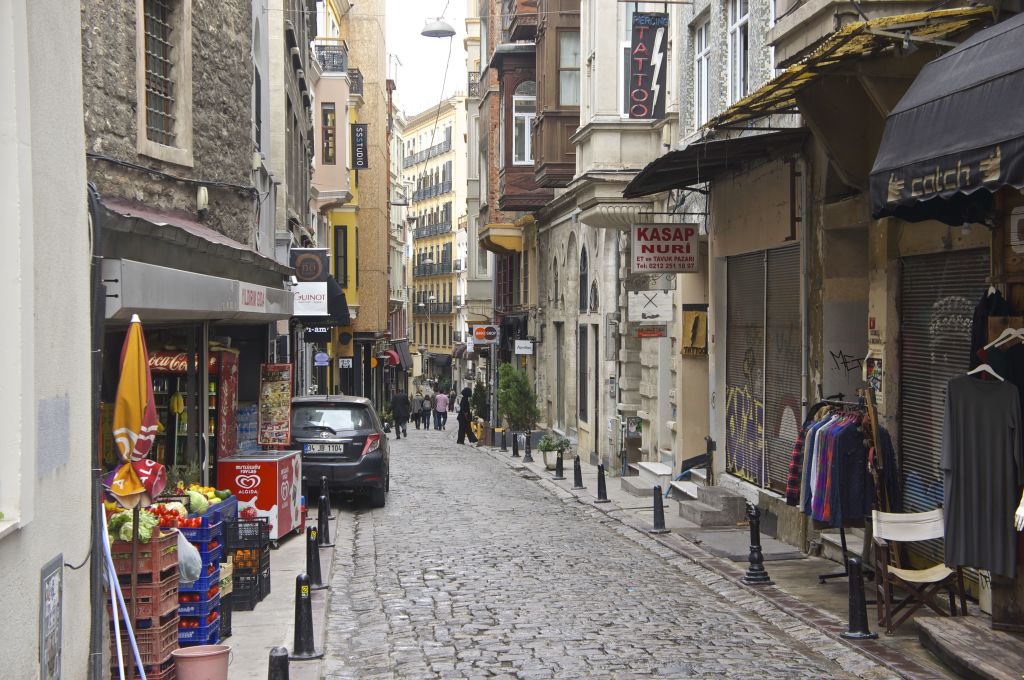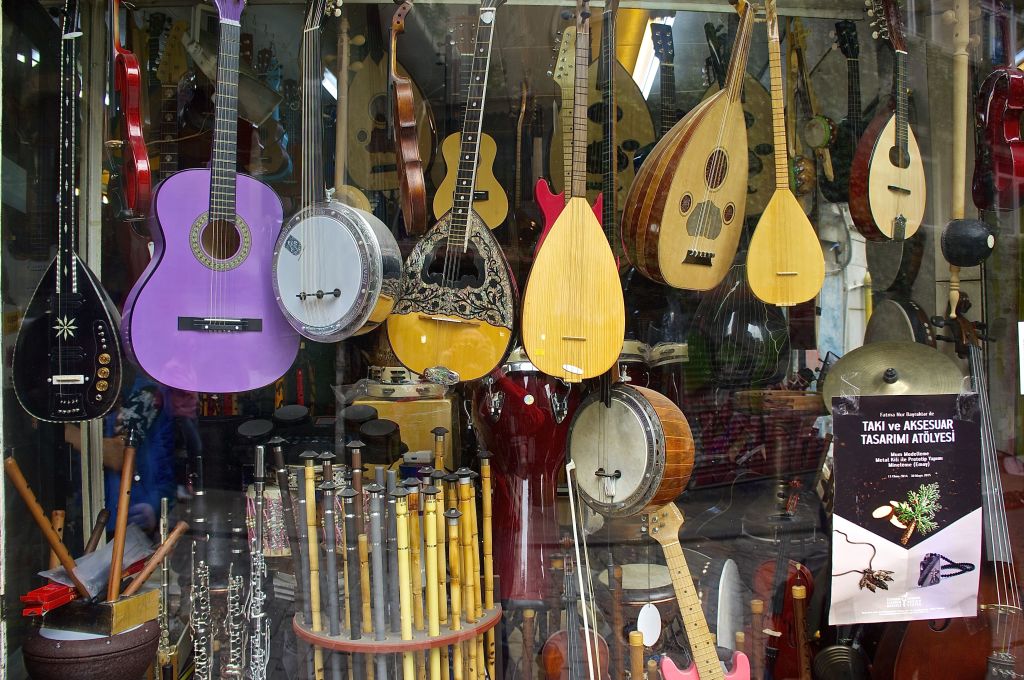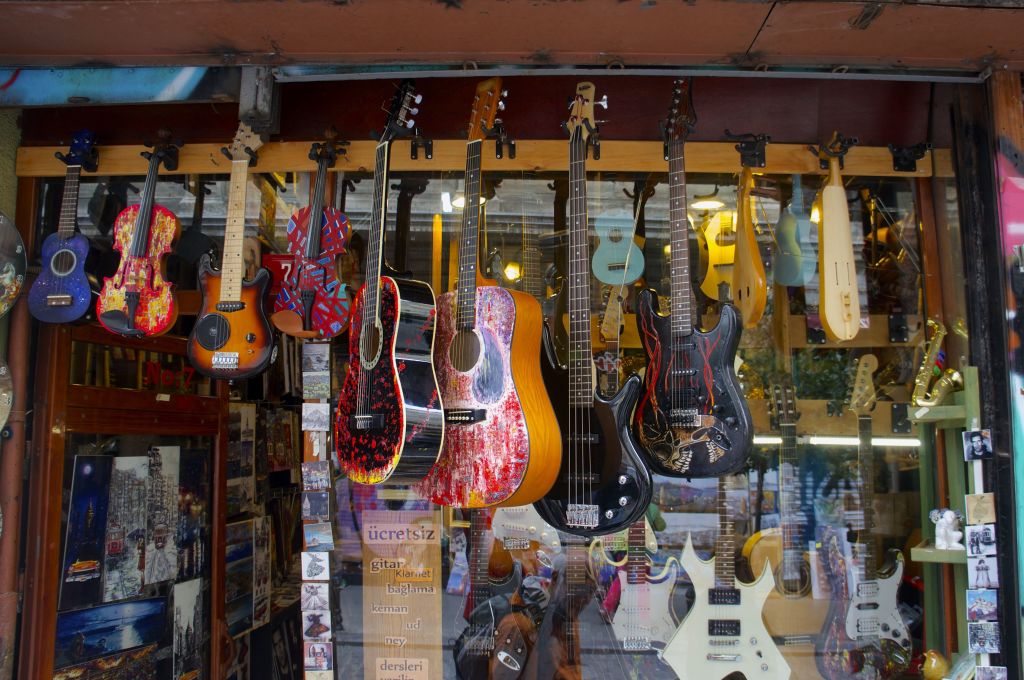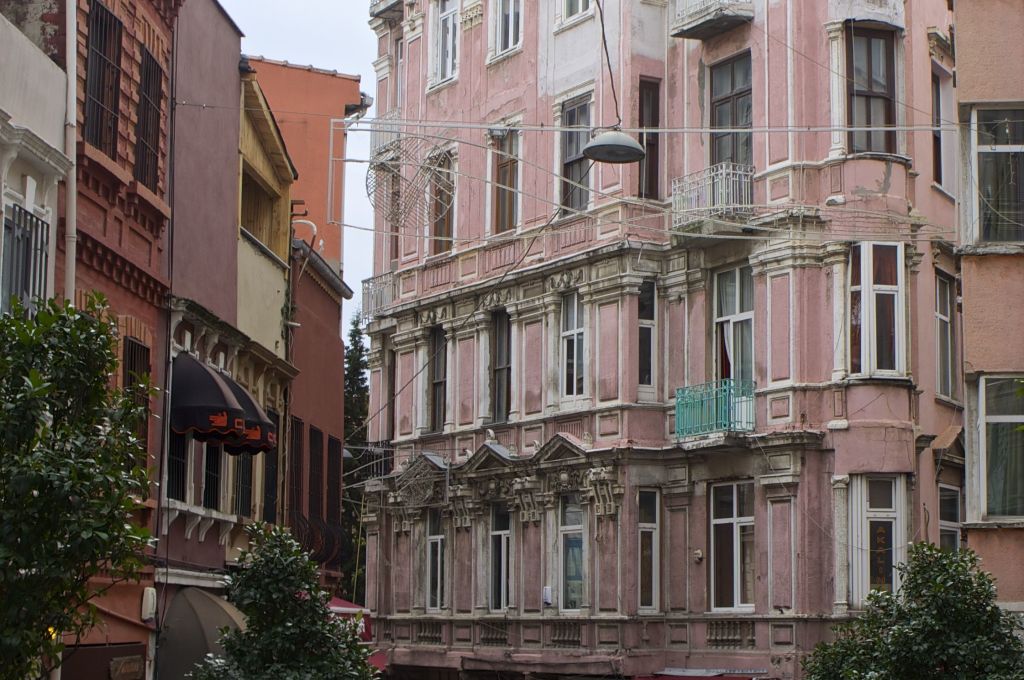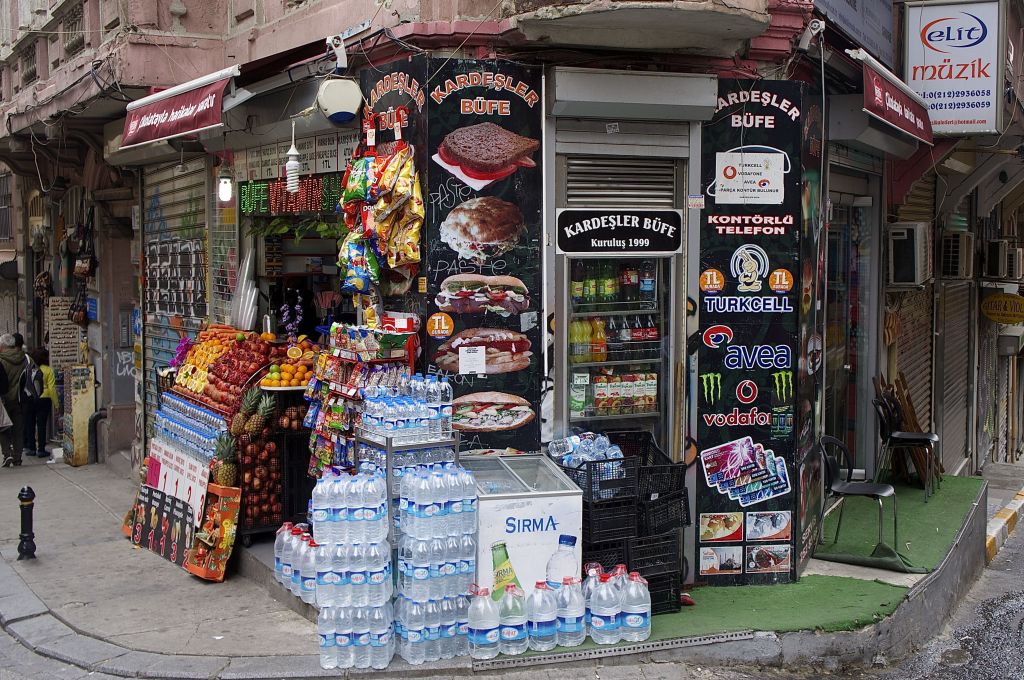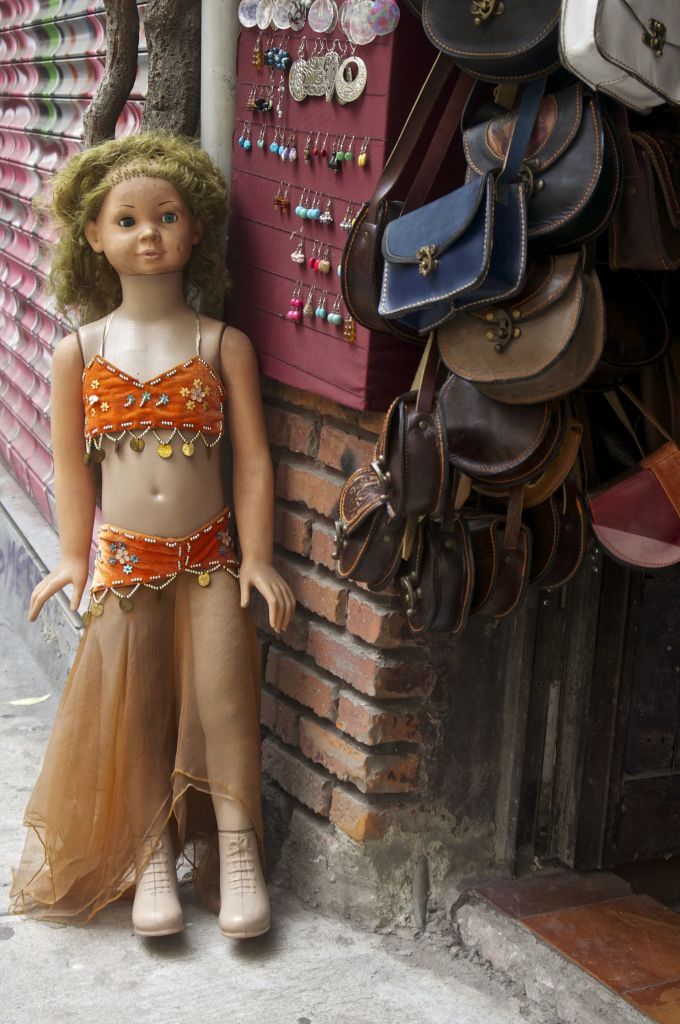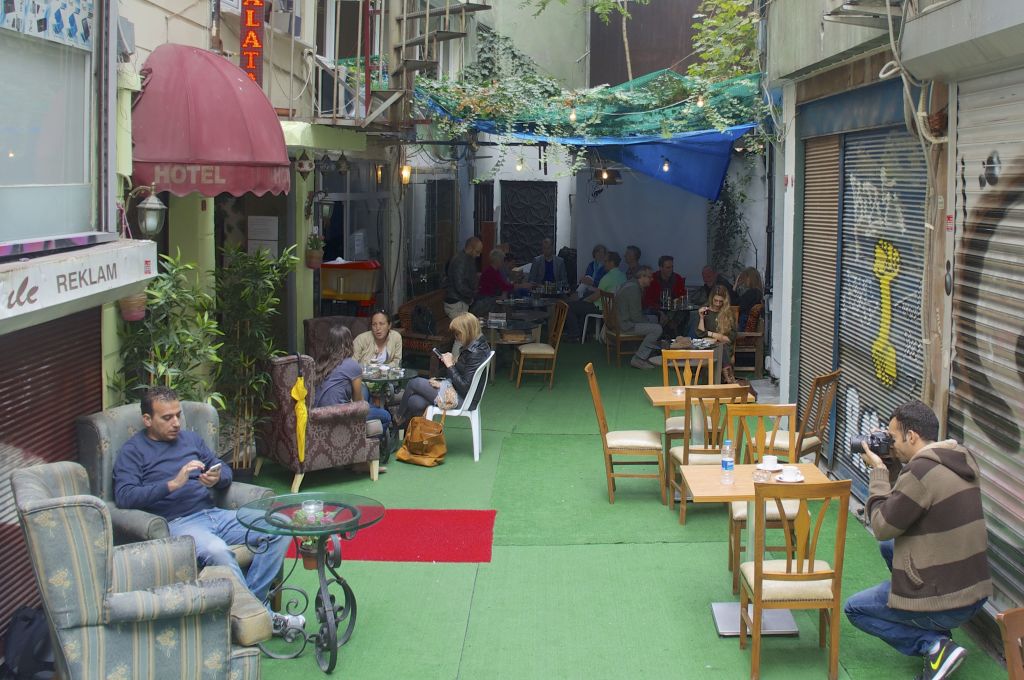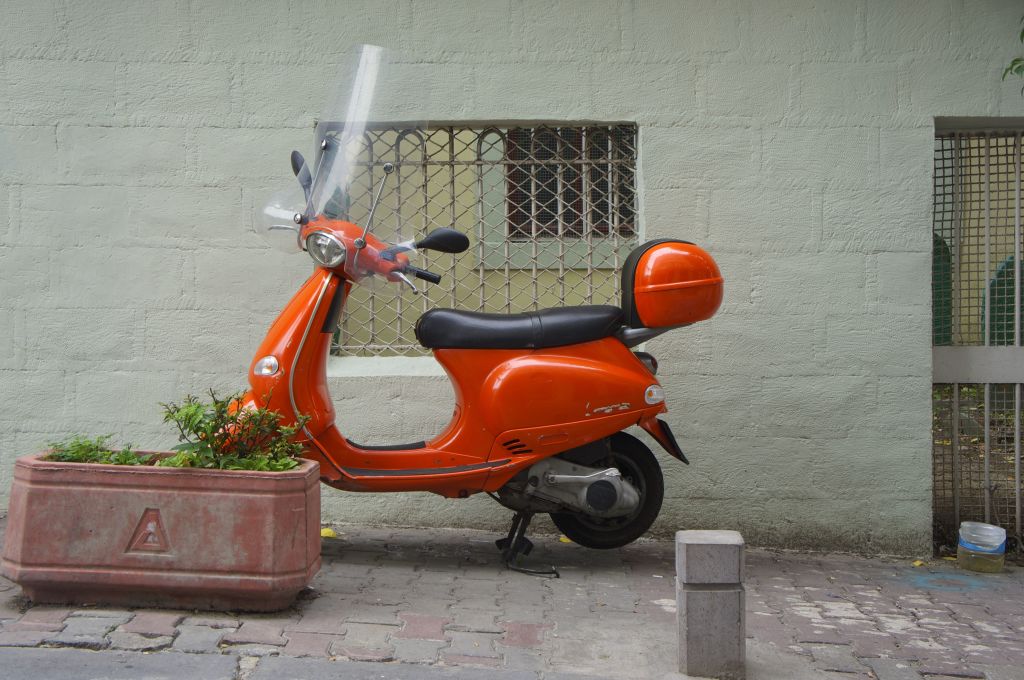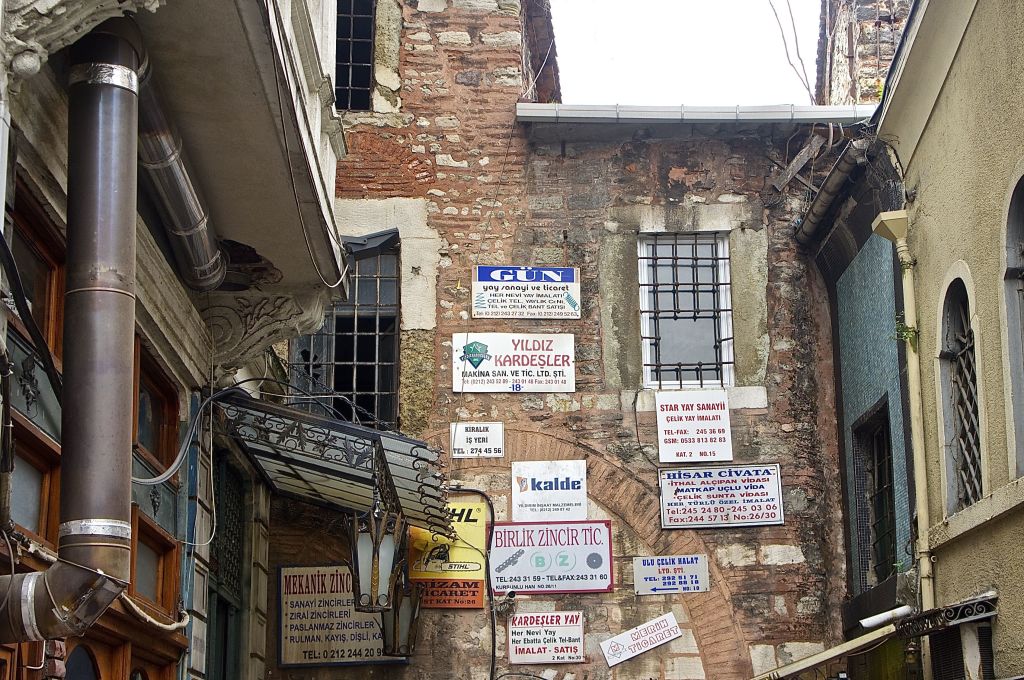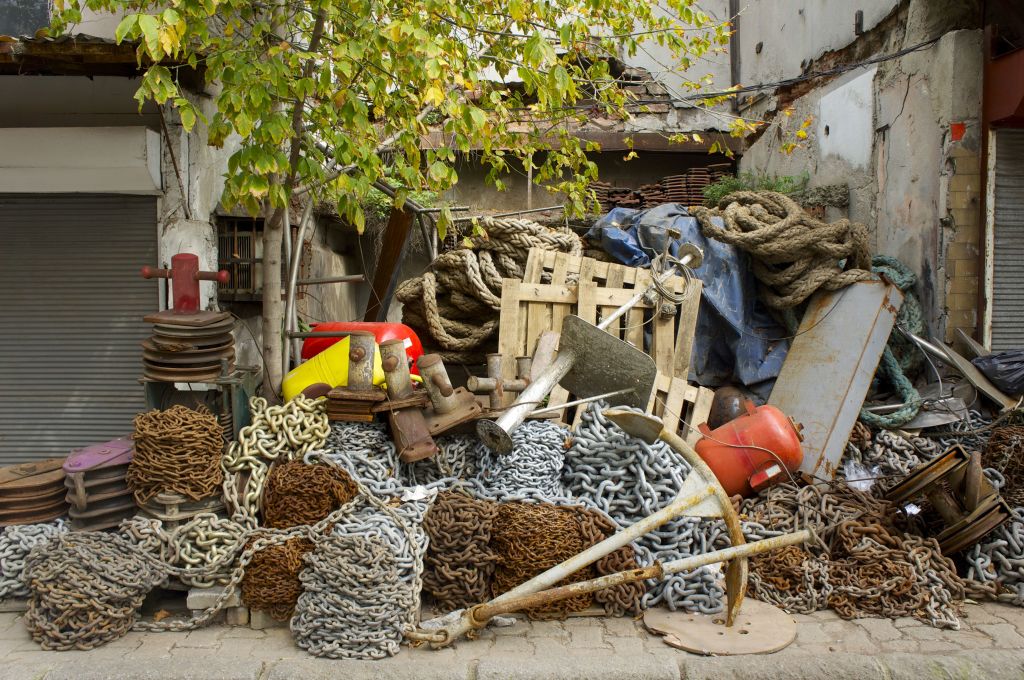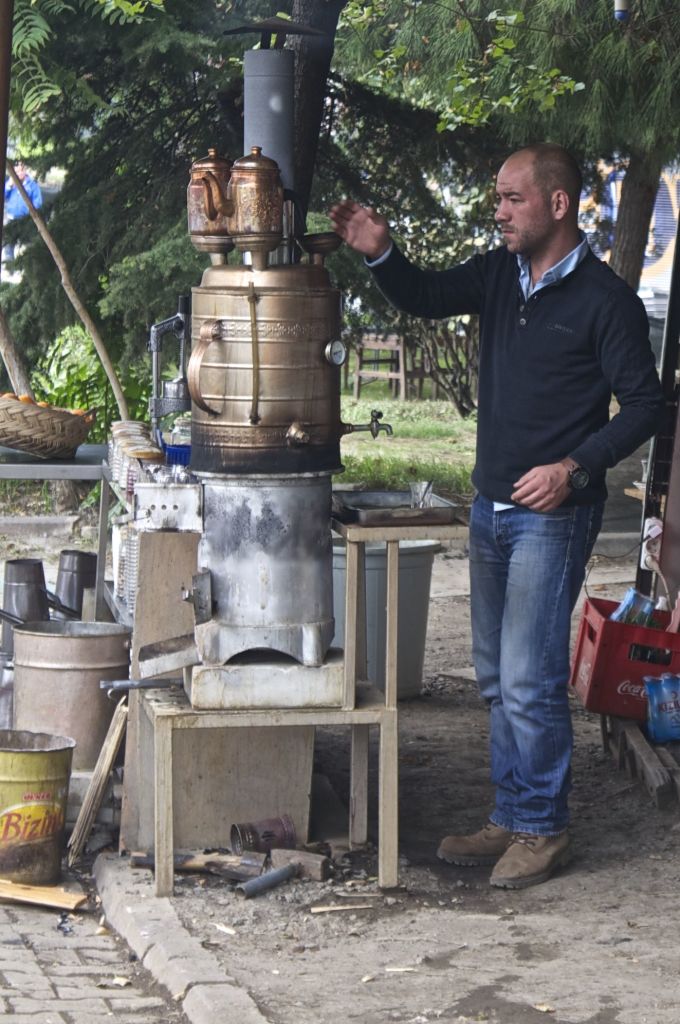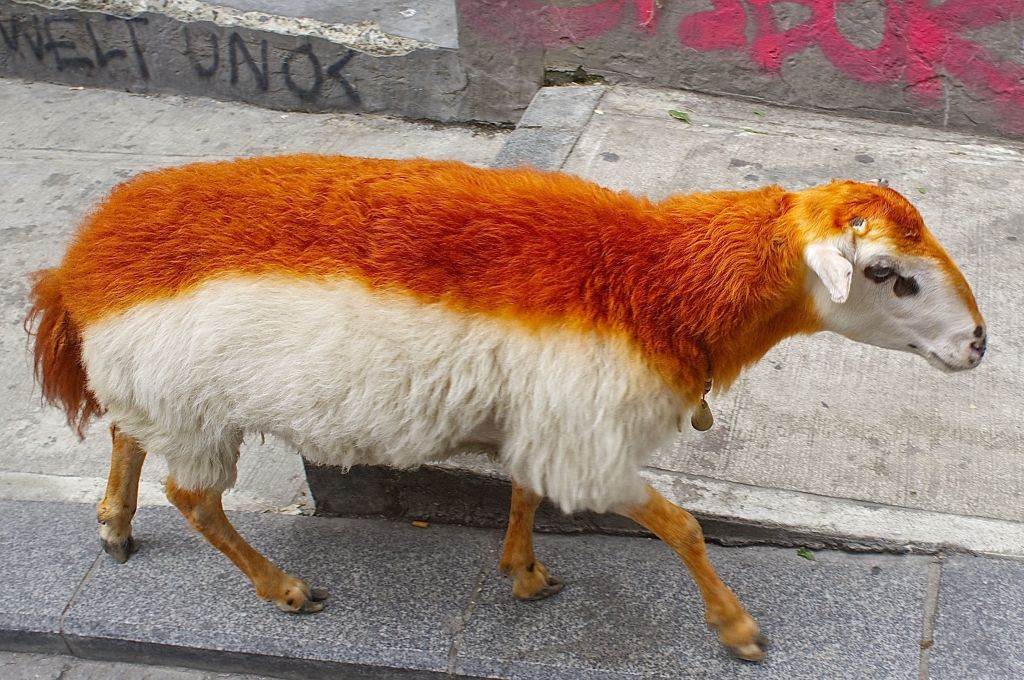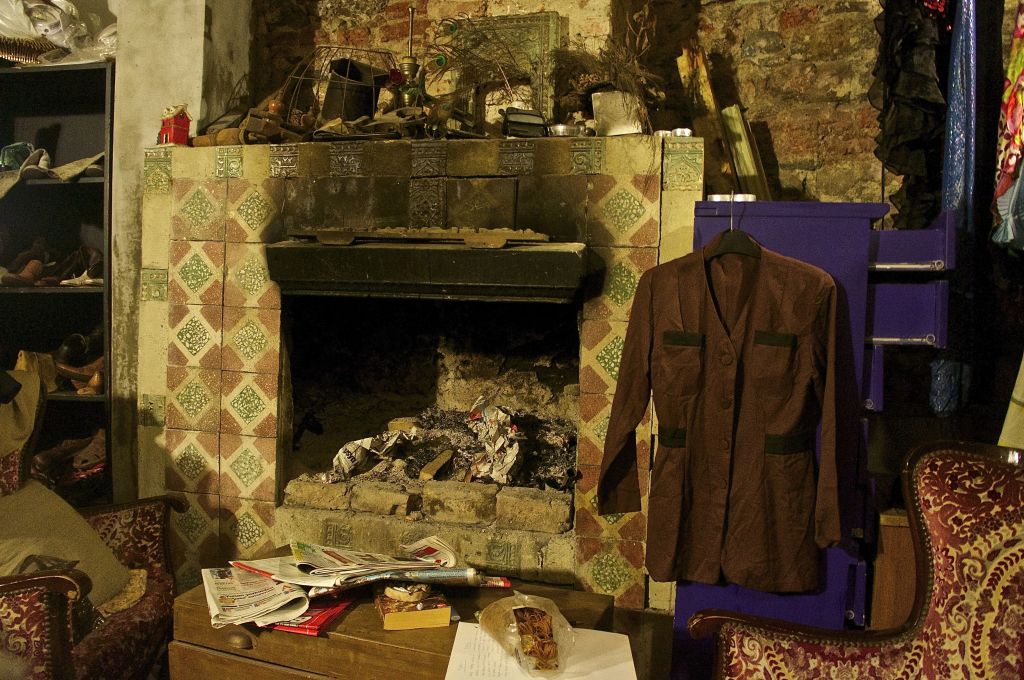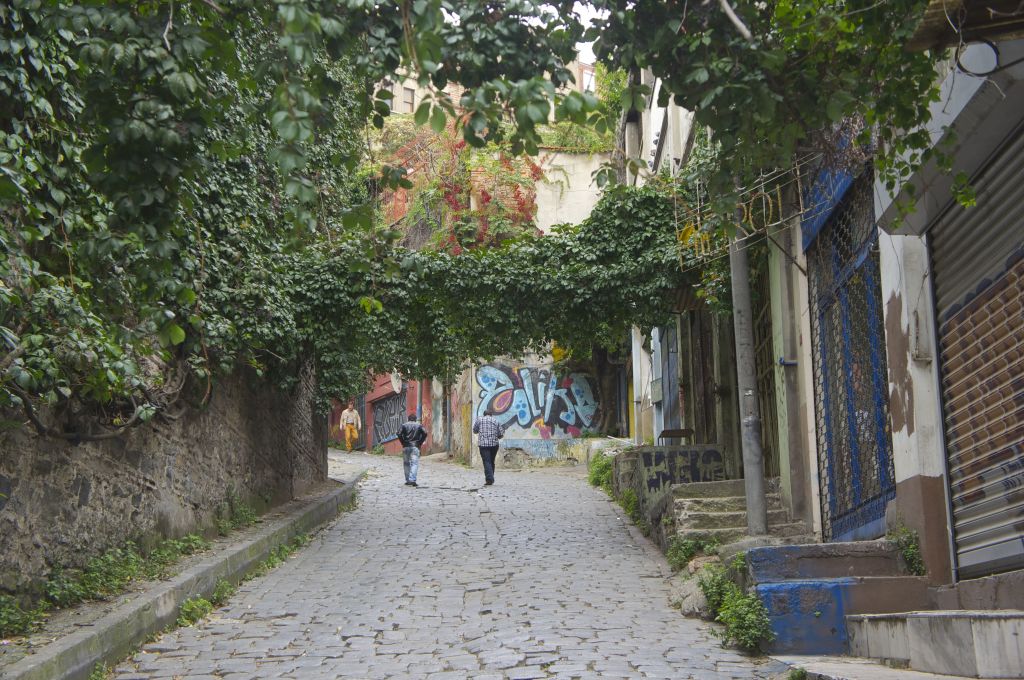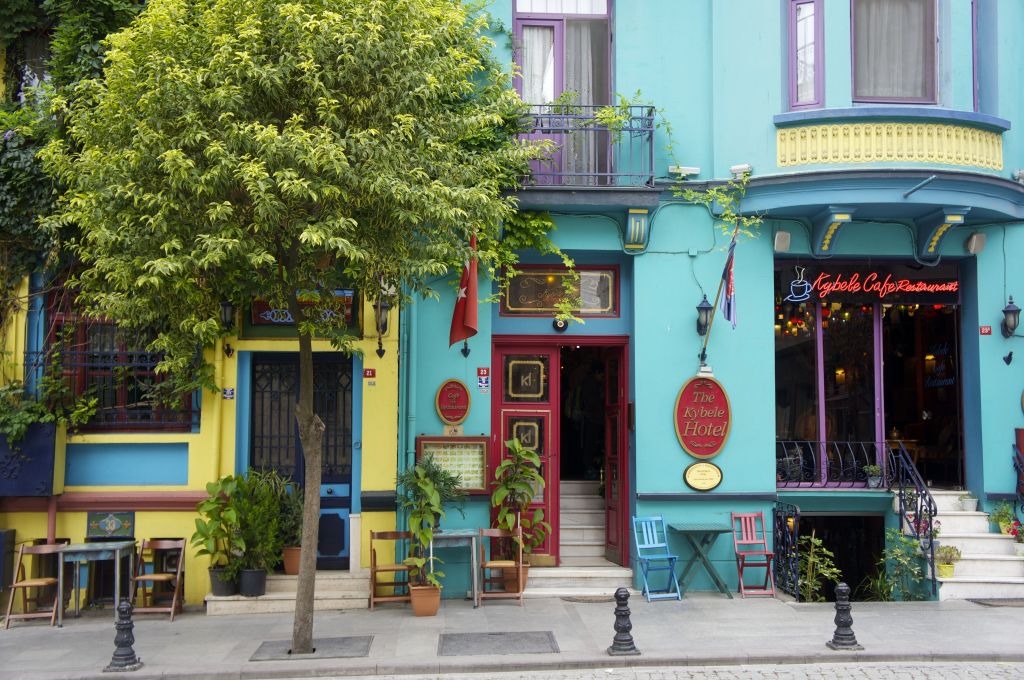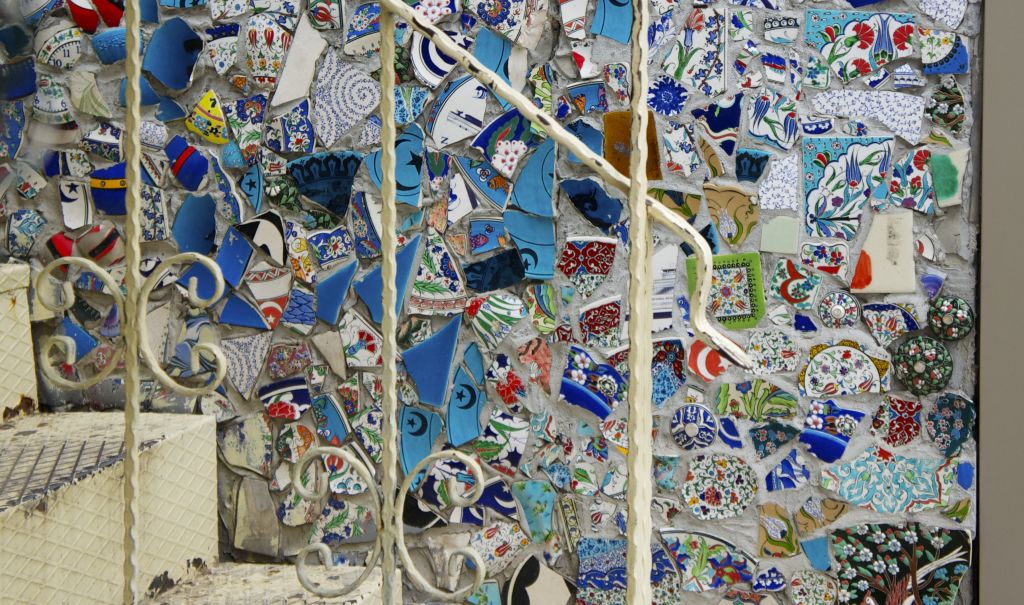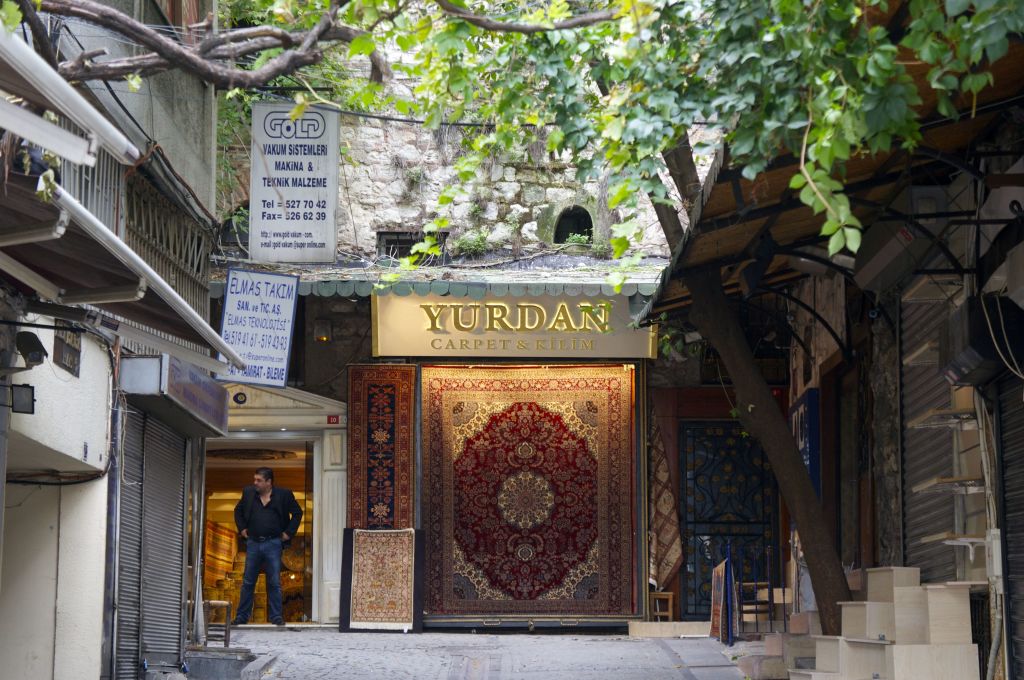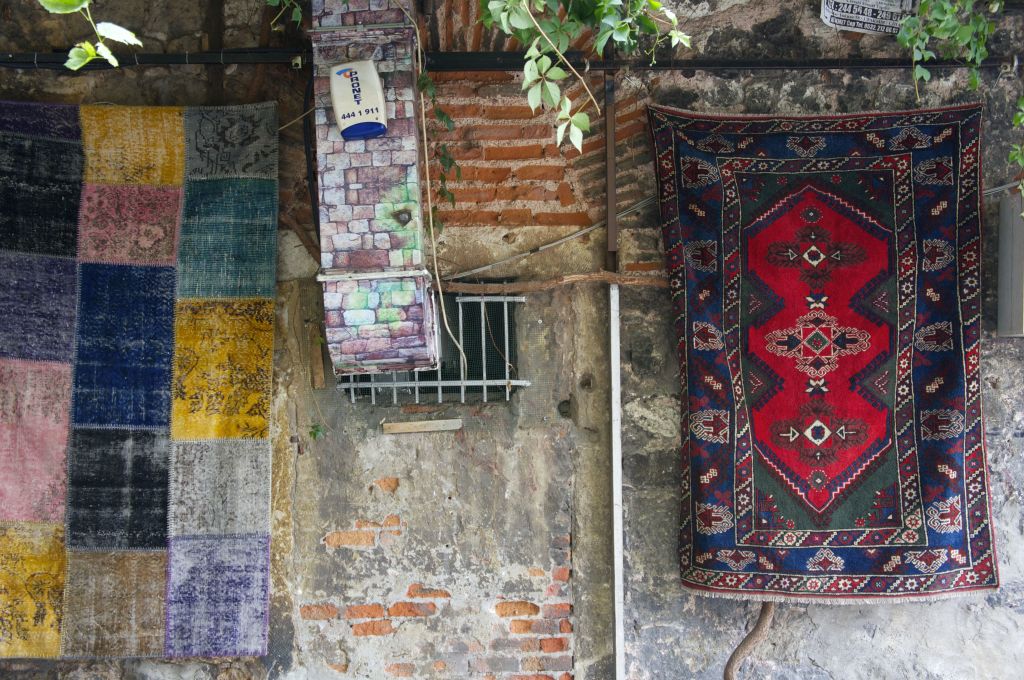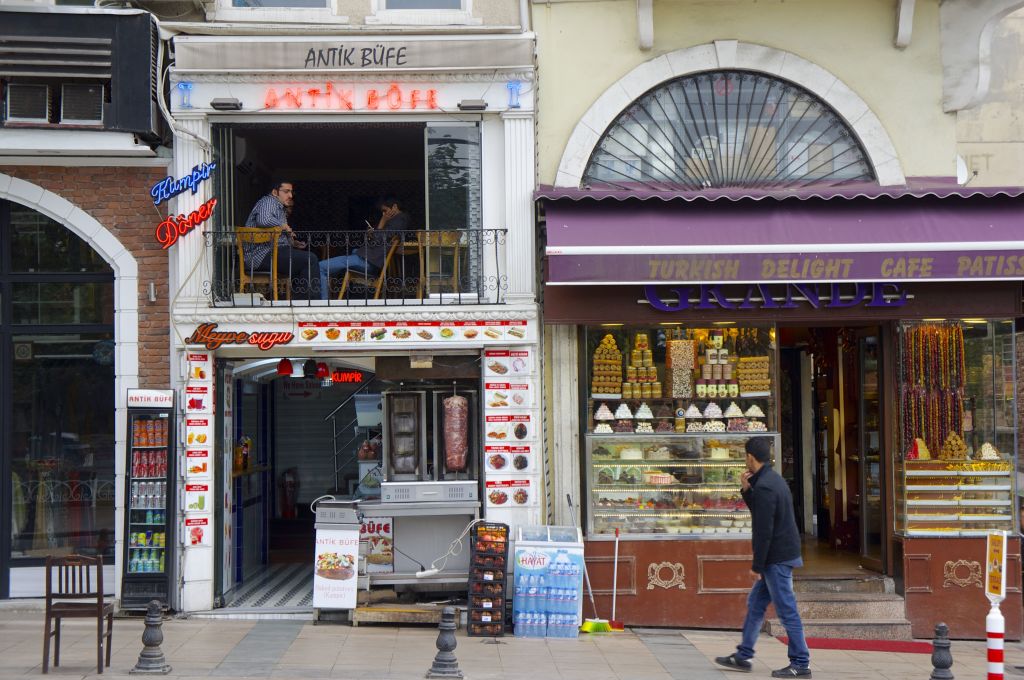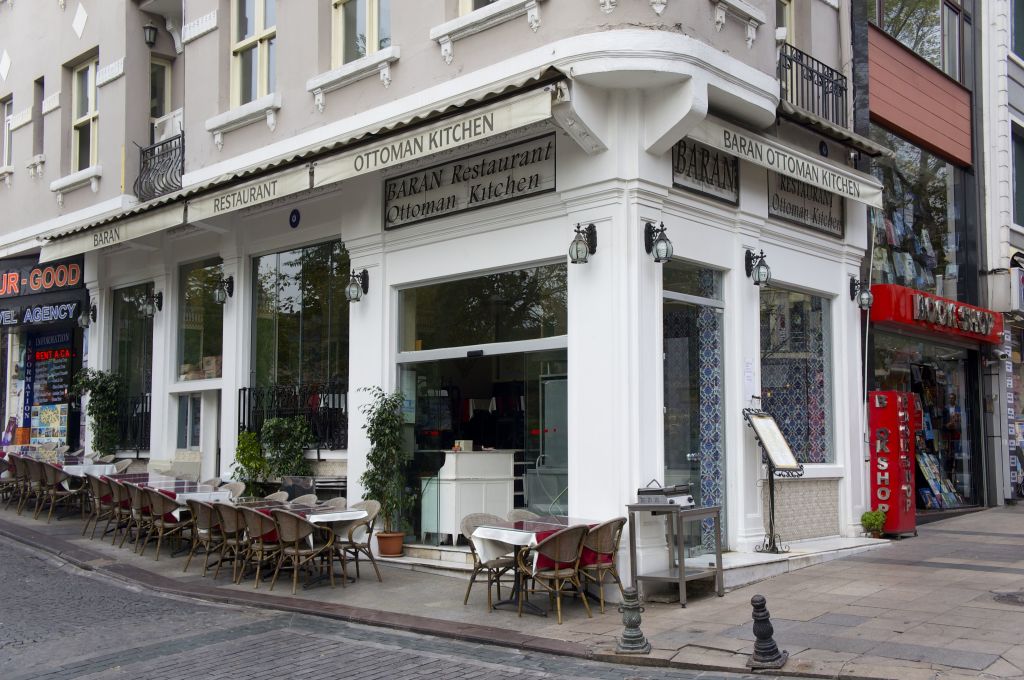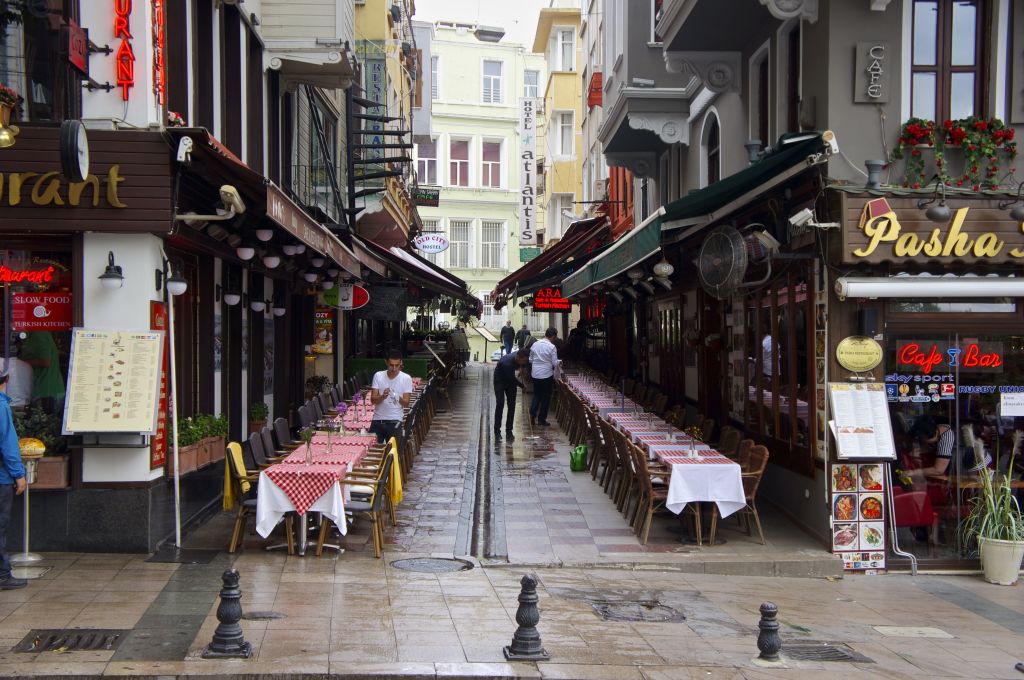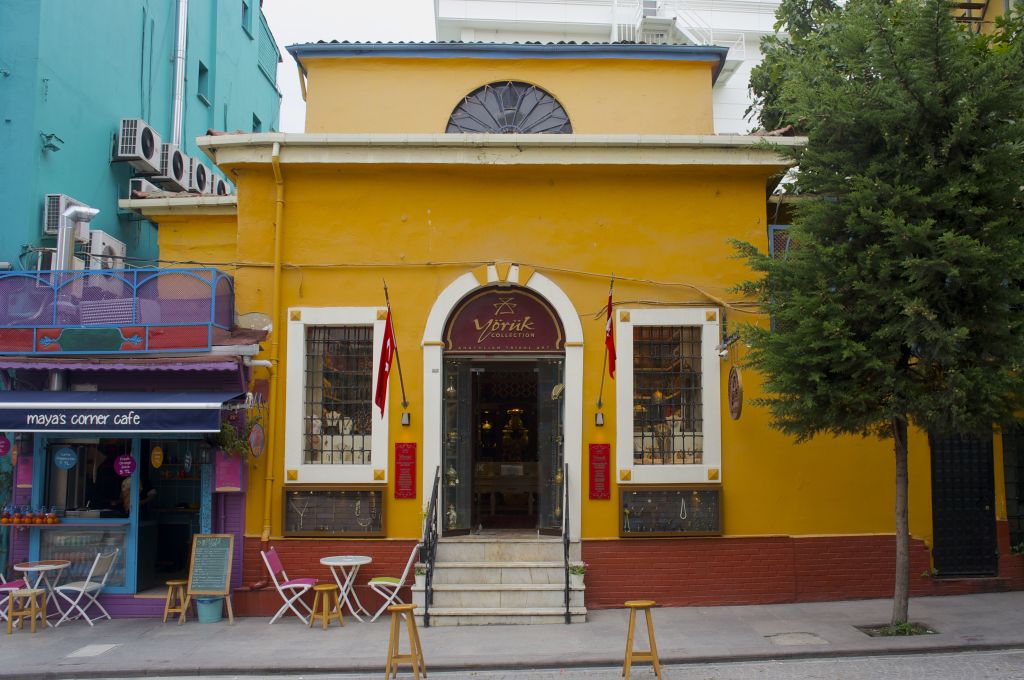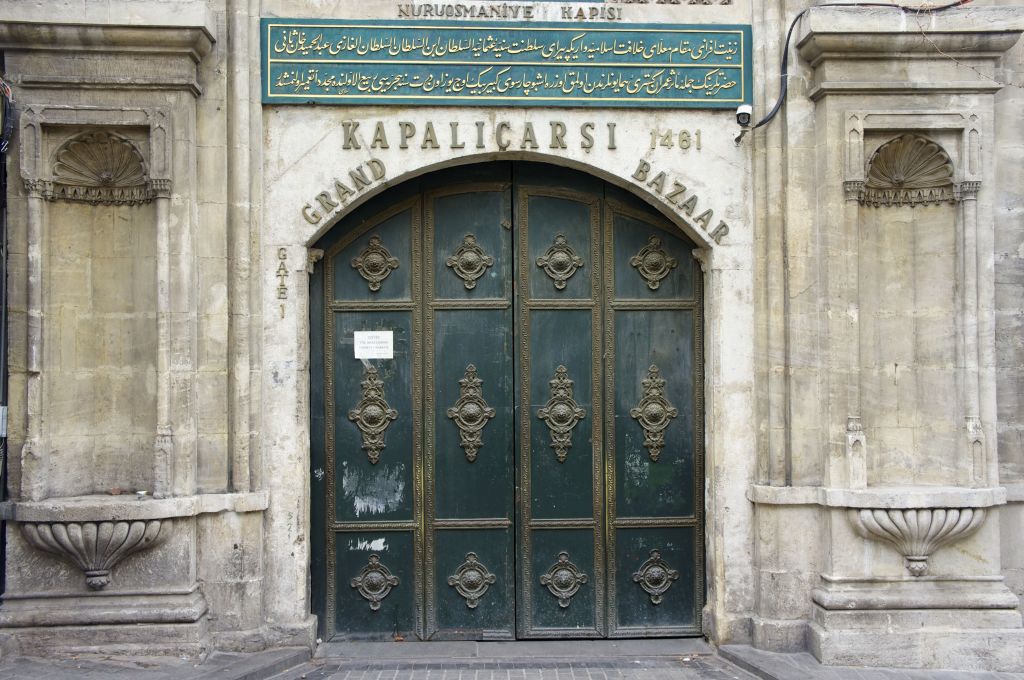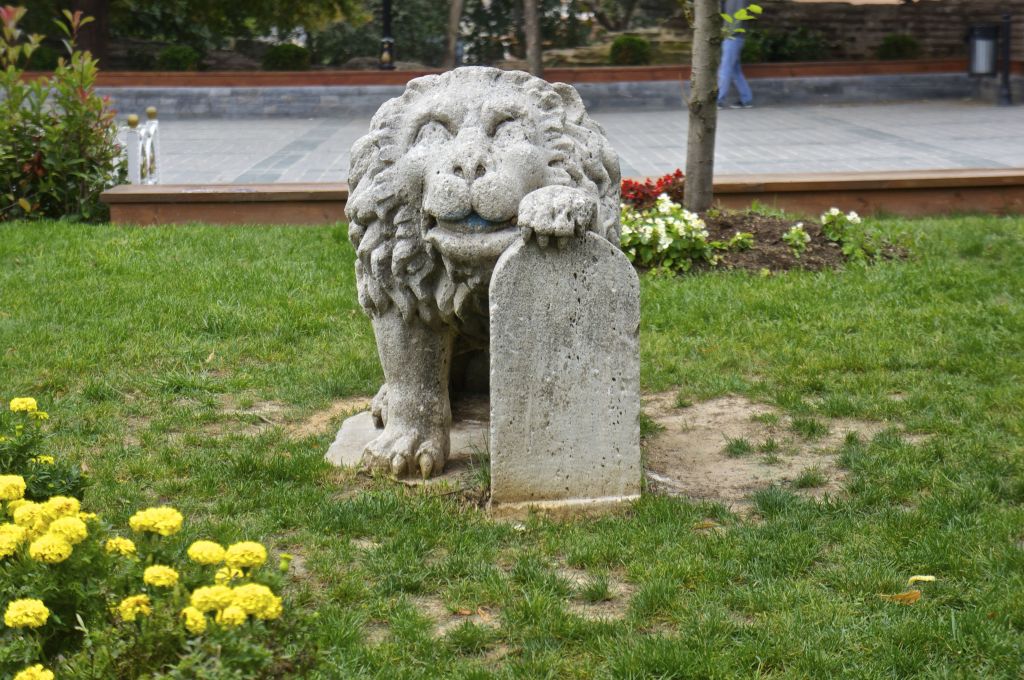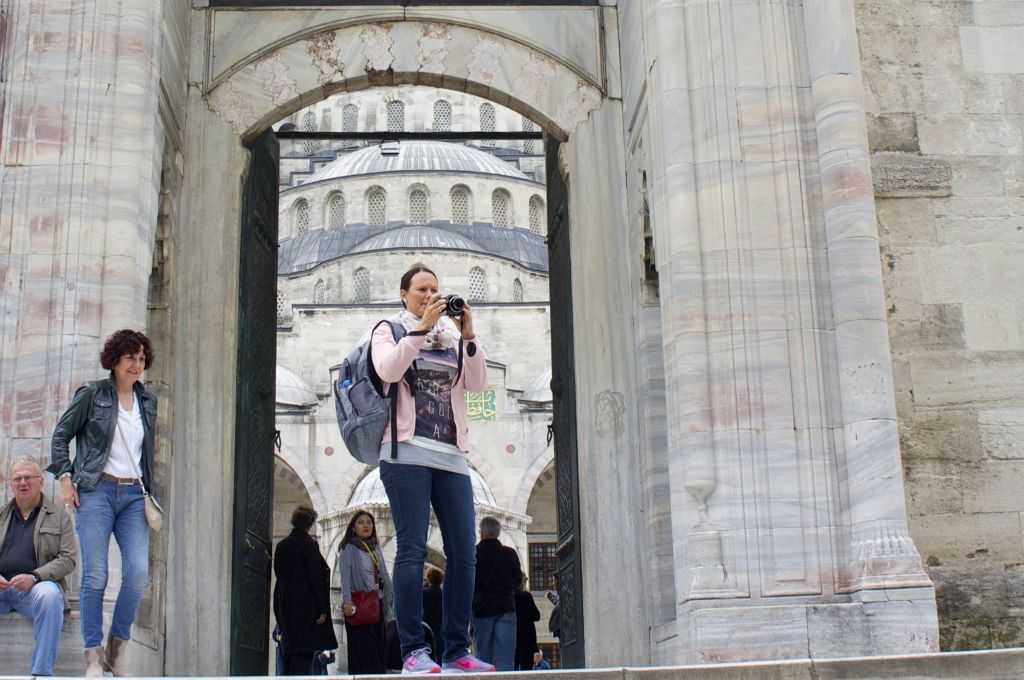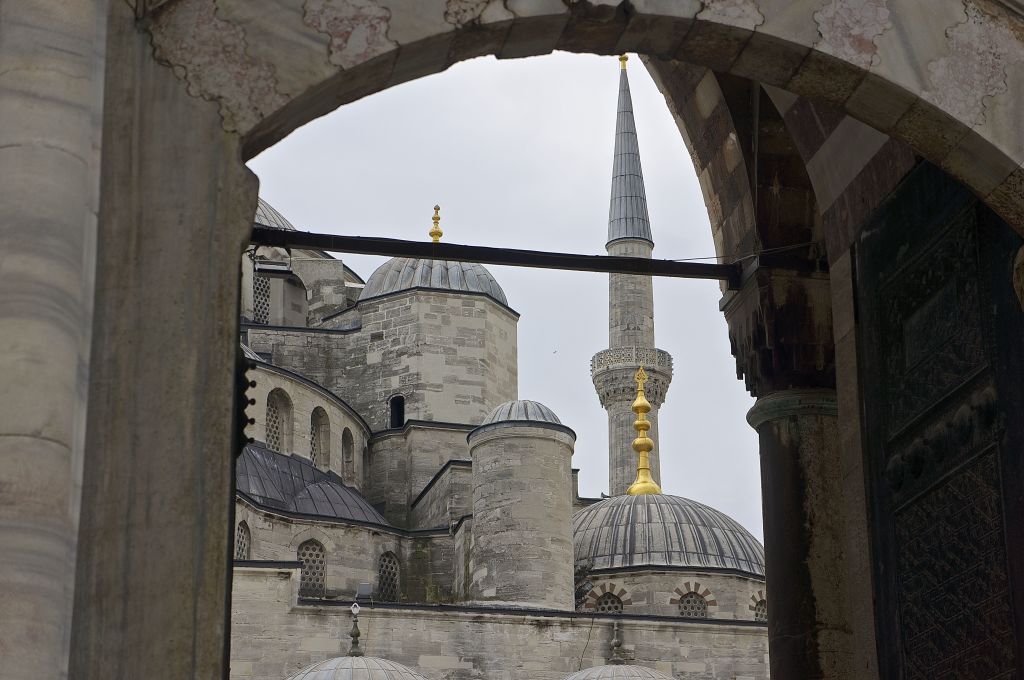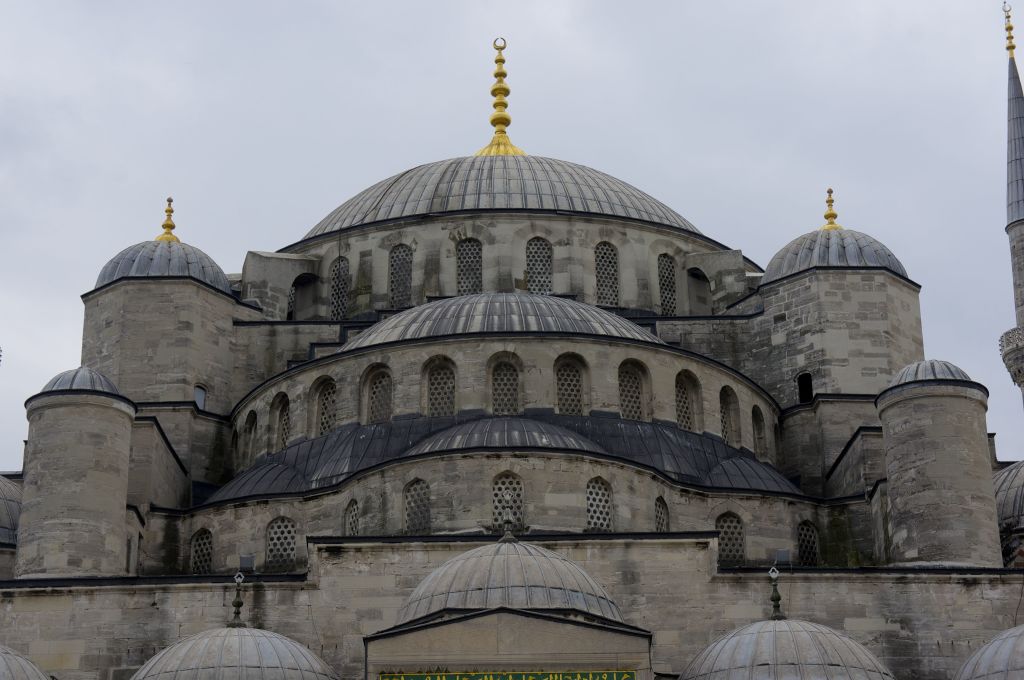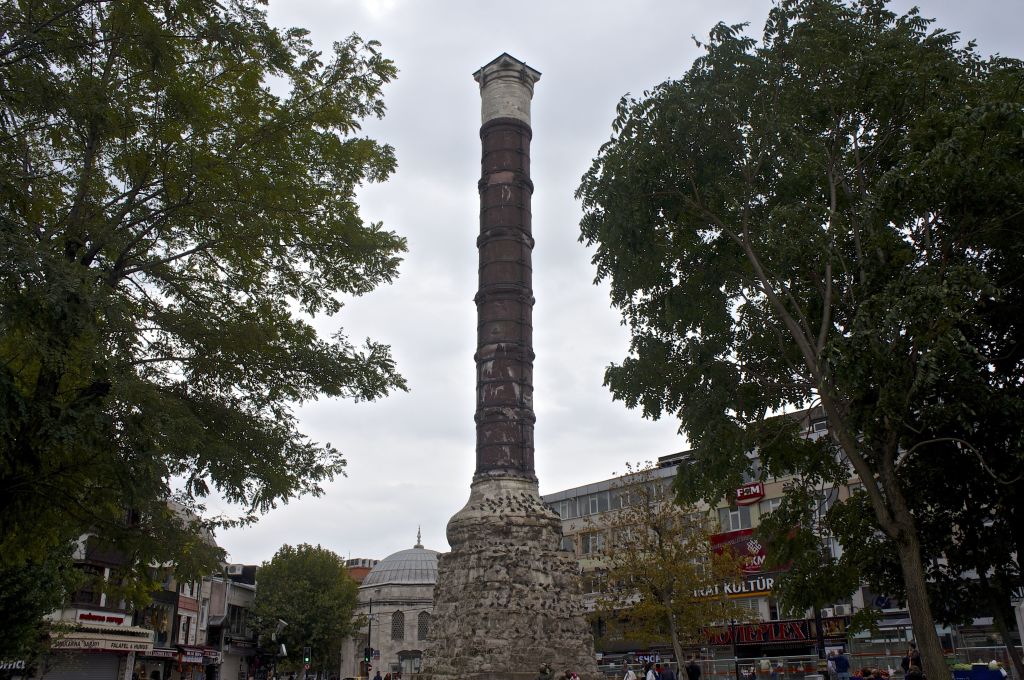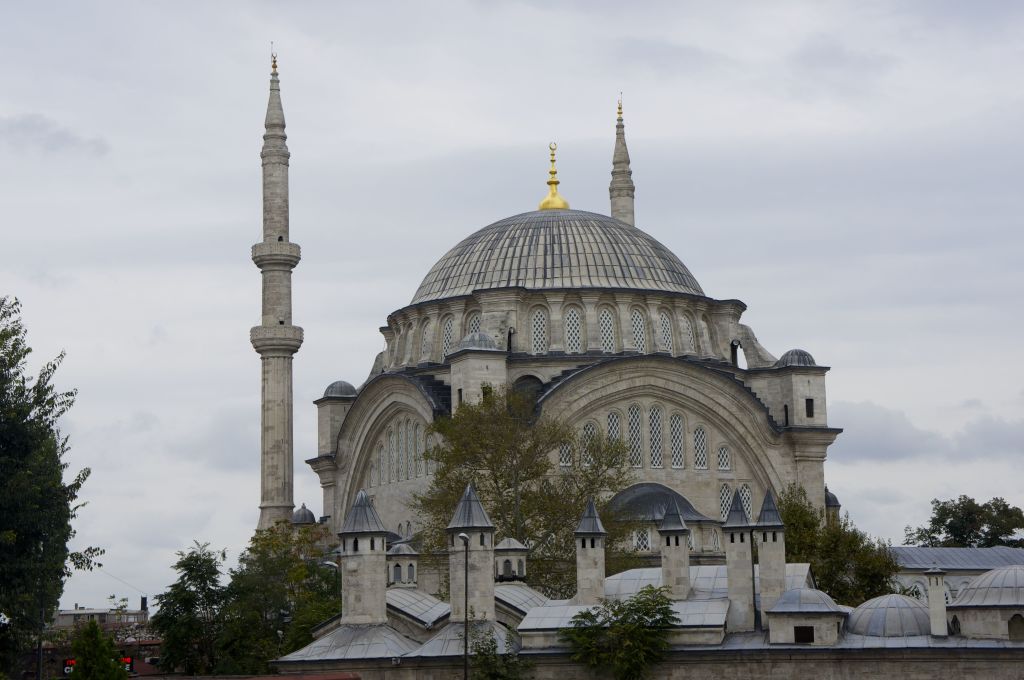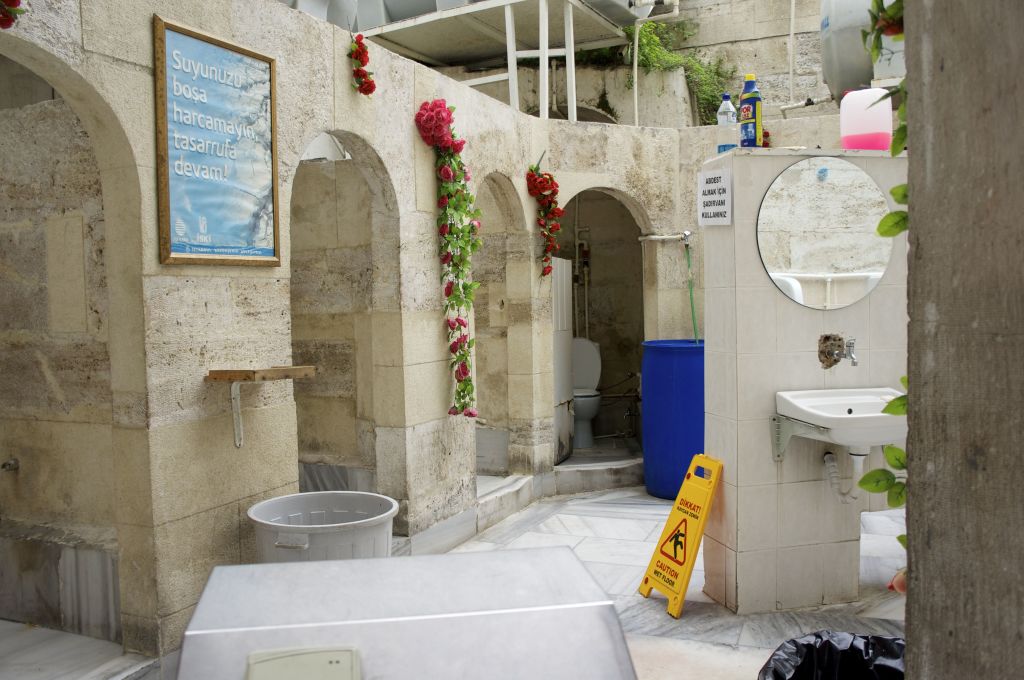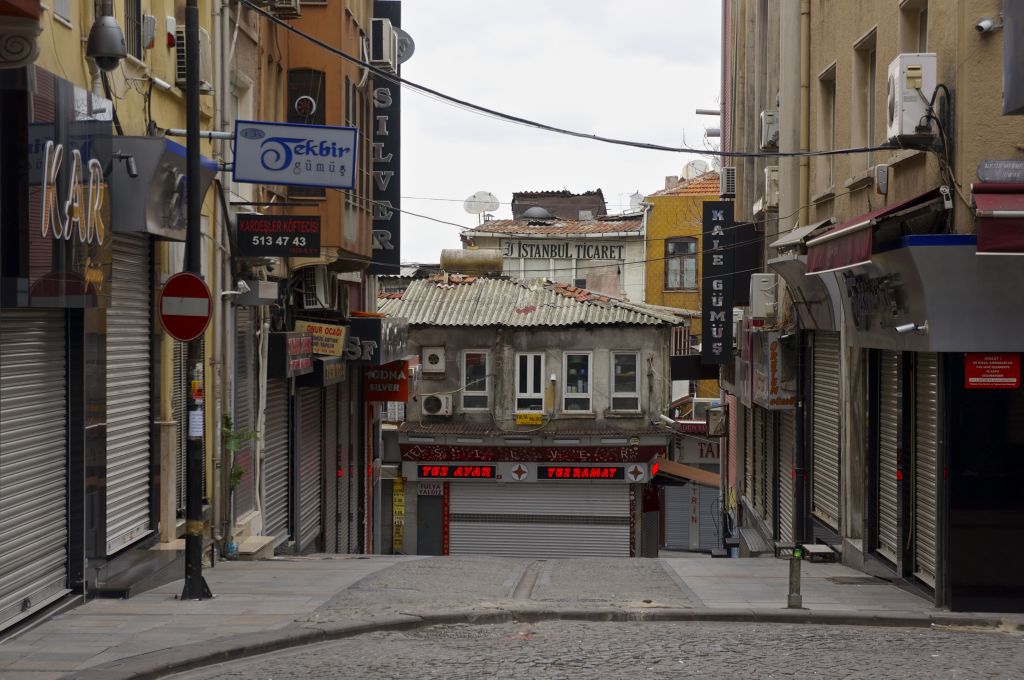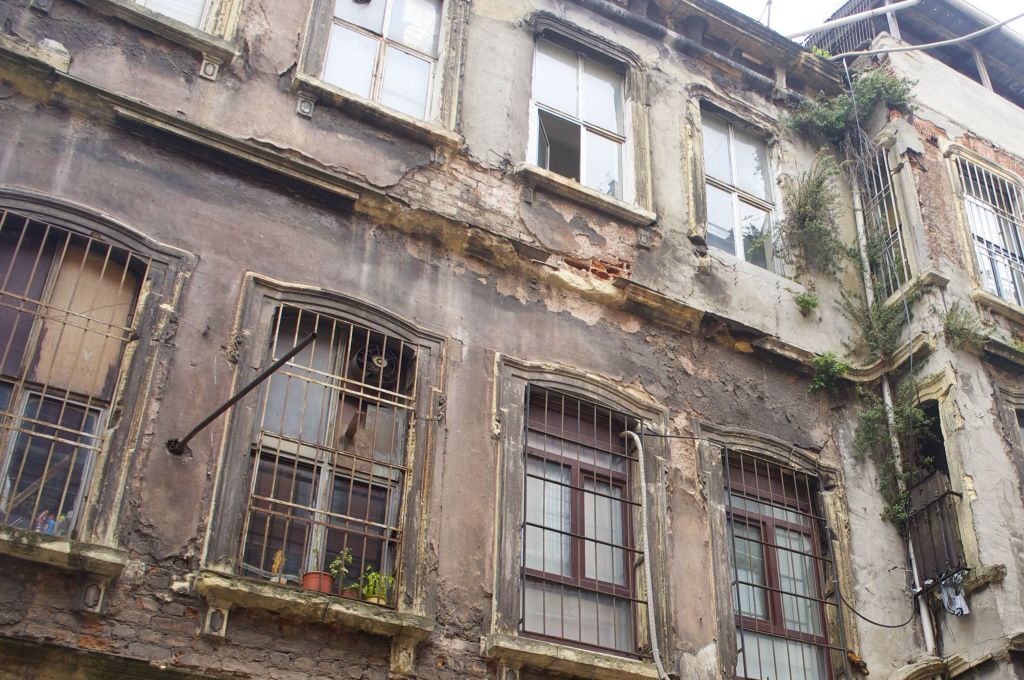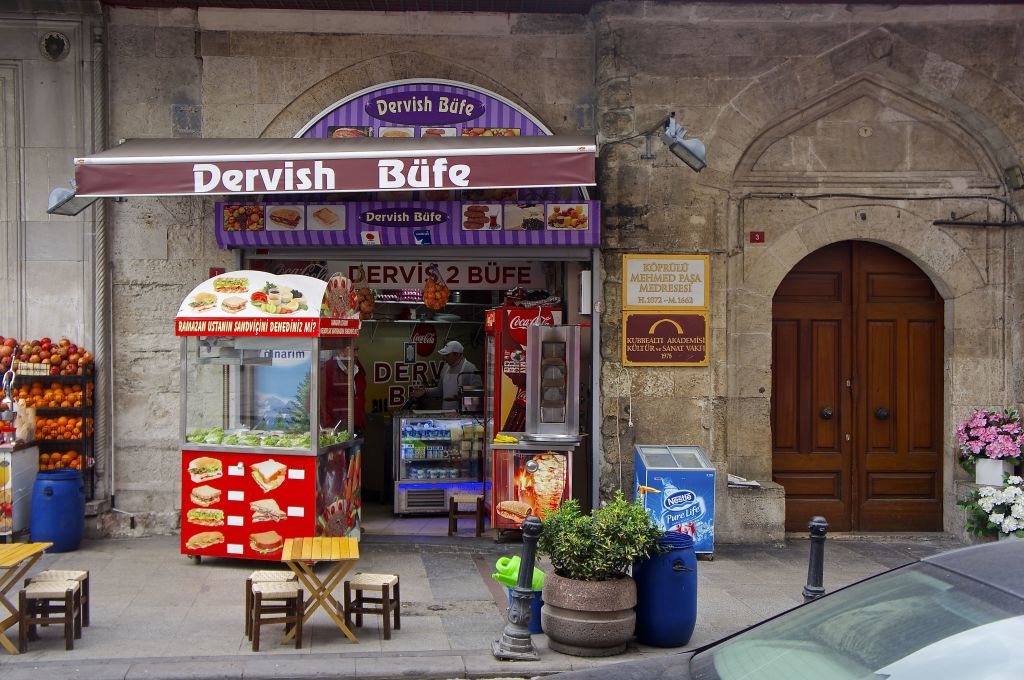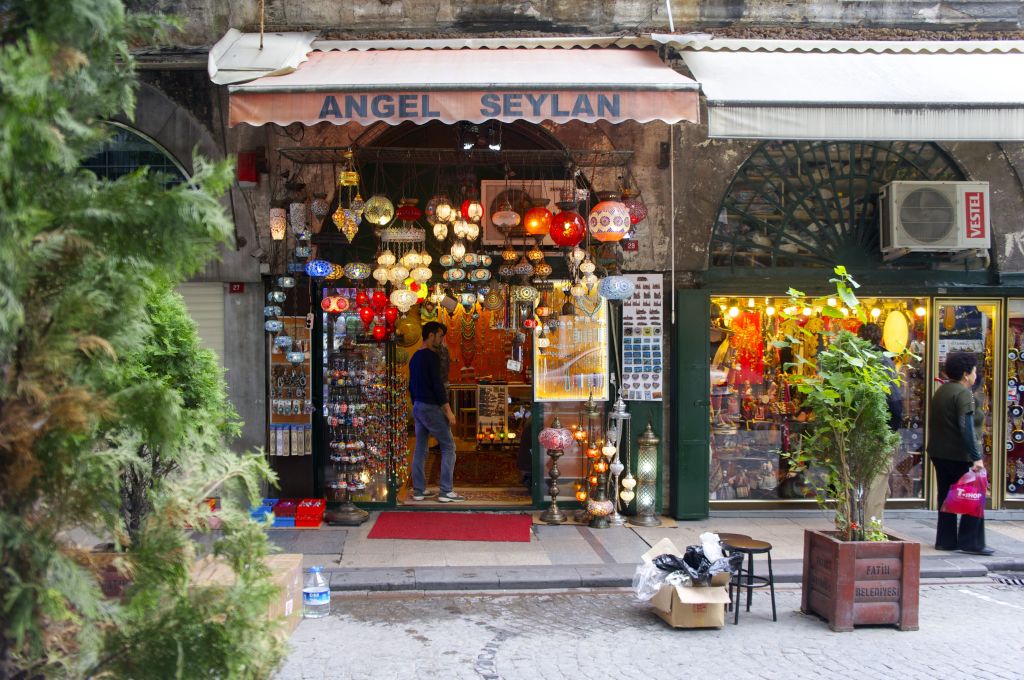On Mondays I head south along the Mediterranean coast to Mahdia, where I teach English classes to two groups of executives at Vitalait, one of Tunisia’s largest dairy products companies. I practice my French during the 70 minute trip with my driver, Mr. Dahoud. Mr. Dahoud keeps his radio tuned to a station that plays traditional Tunisian music. In the surging strings and operatic vocals, I hear echoes of the histrionic Tunisian rhetorical style.
Along the way I see camels. As many times as I’ve driven by them now, it’s still a neck-snapping not-in-Kansas-anymore moment. A train of about a dozen decked out in dromedary finery wait in a scrub field by the side of the highway. This is a tourist attraction, actually, but is still a sight to behold. As we drive further south, we pass through a town where there is a non-touristical working-class camel tethered to a post outside a small butcher shop. I assume the camel there belongs to the butcher. Perhaps he uses it to carry meat to his store. Perhaps it’s something of a family pet. Or perhaps it’s destined to become part of the butcher’s wares. I have no idea.
Finally we arrive at Vitalait’s headquarters and primary factory. There aren’t actually any cows there, though I always joke that the cows are my best students. I take Mr. Dahoud’s picture and head inside.
I set up in a conference room and my morning students file in. These folks are the executive team of the company and their English is quite good already. Today they want to talk about yesterday’s election, so we go around the room sharing our experiences. Most the people in my class got text messages the night before the election telling them exactly which room in which school they were to vote in. No one reports the whole process taking longer than ten minutes. I get the same reports from my afternoon class, which is drawn from middle management. In both groups, there is a sense of pride, patriotism, and quiet relief.
Later that day, clouds are gathering as we start our drive back to Sousse. “Do you think it will rain?” I ask Mr. Dahoud in French. “God willing,” he replies in Arabic. I reflect for a moment on how the sentiment of that comment is so contrary to the typical American response. The desert is never far away here.
It does start to rain. And off to the east I see a double rainbow form.
I don’t believe in portents, but if I did, this sight would sum up the mood of Tunisians right now.
